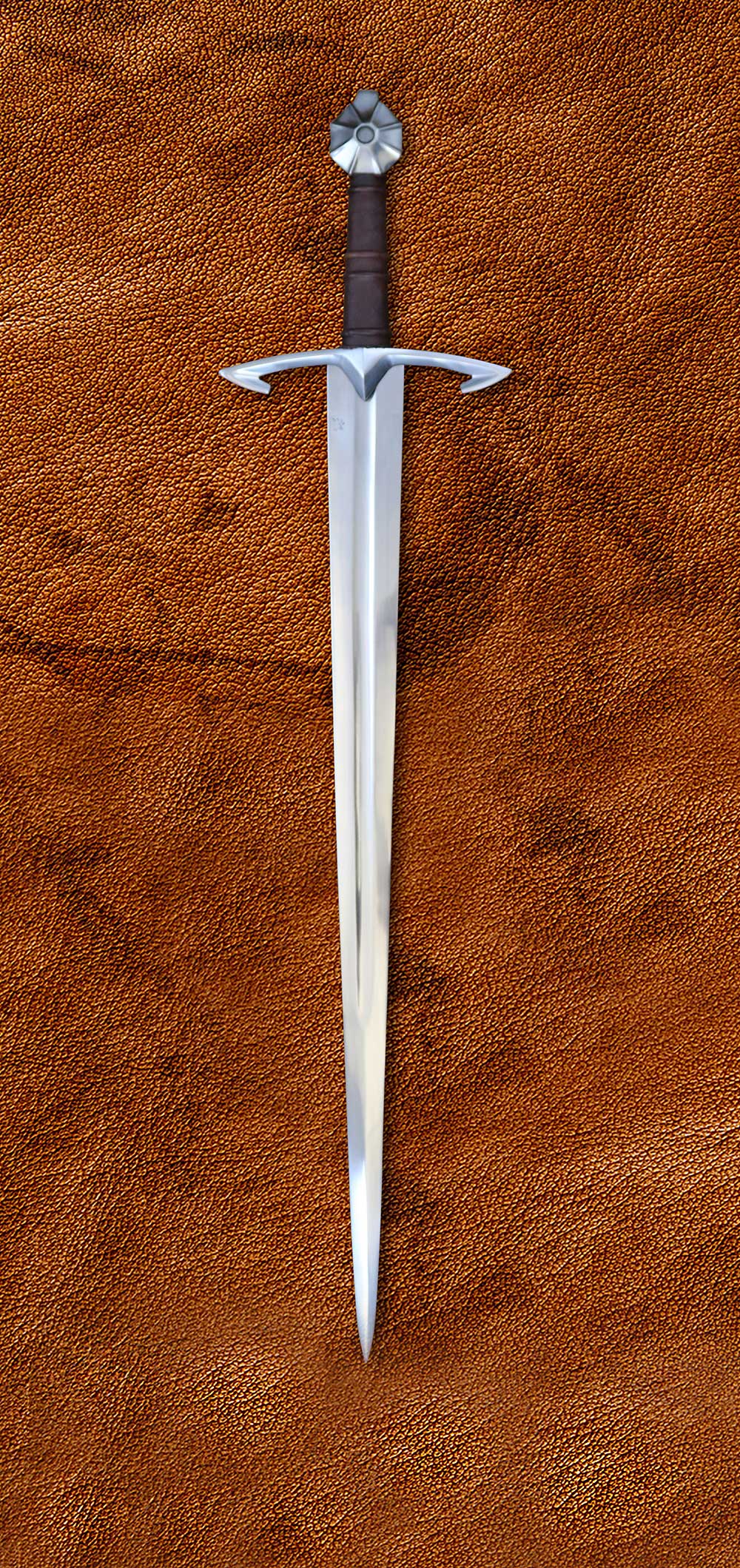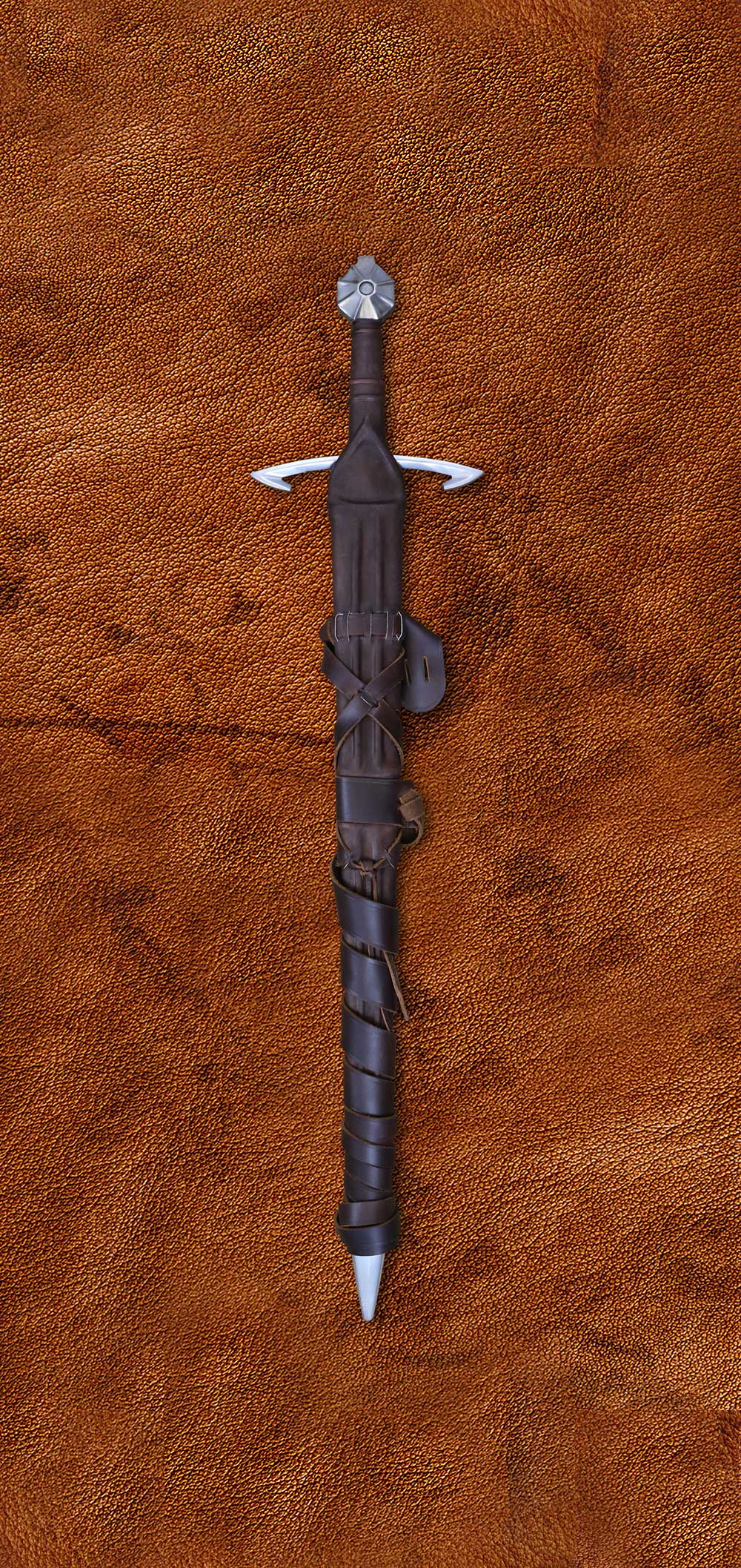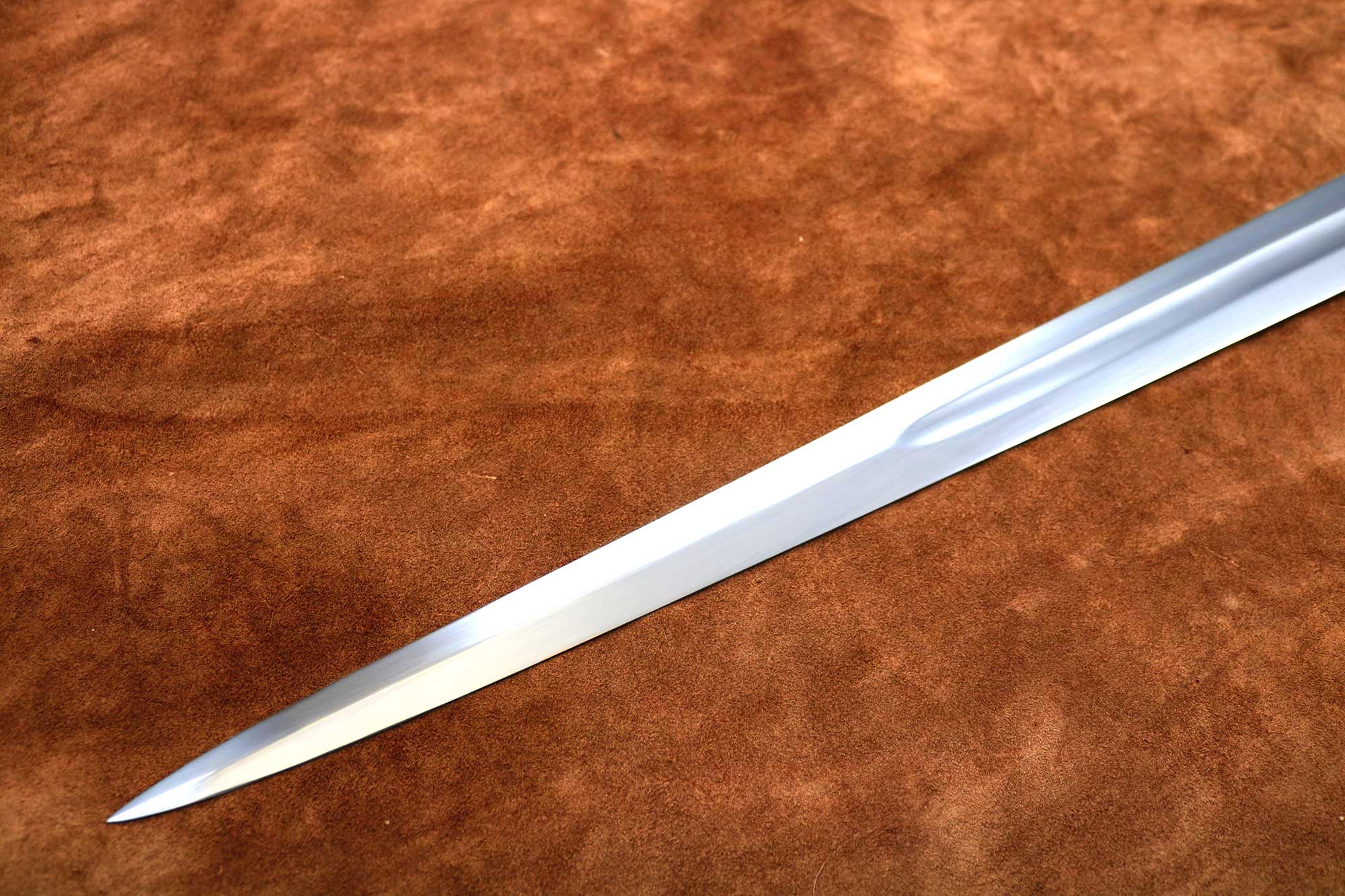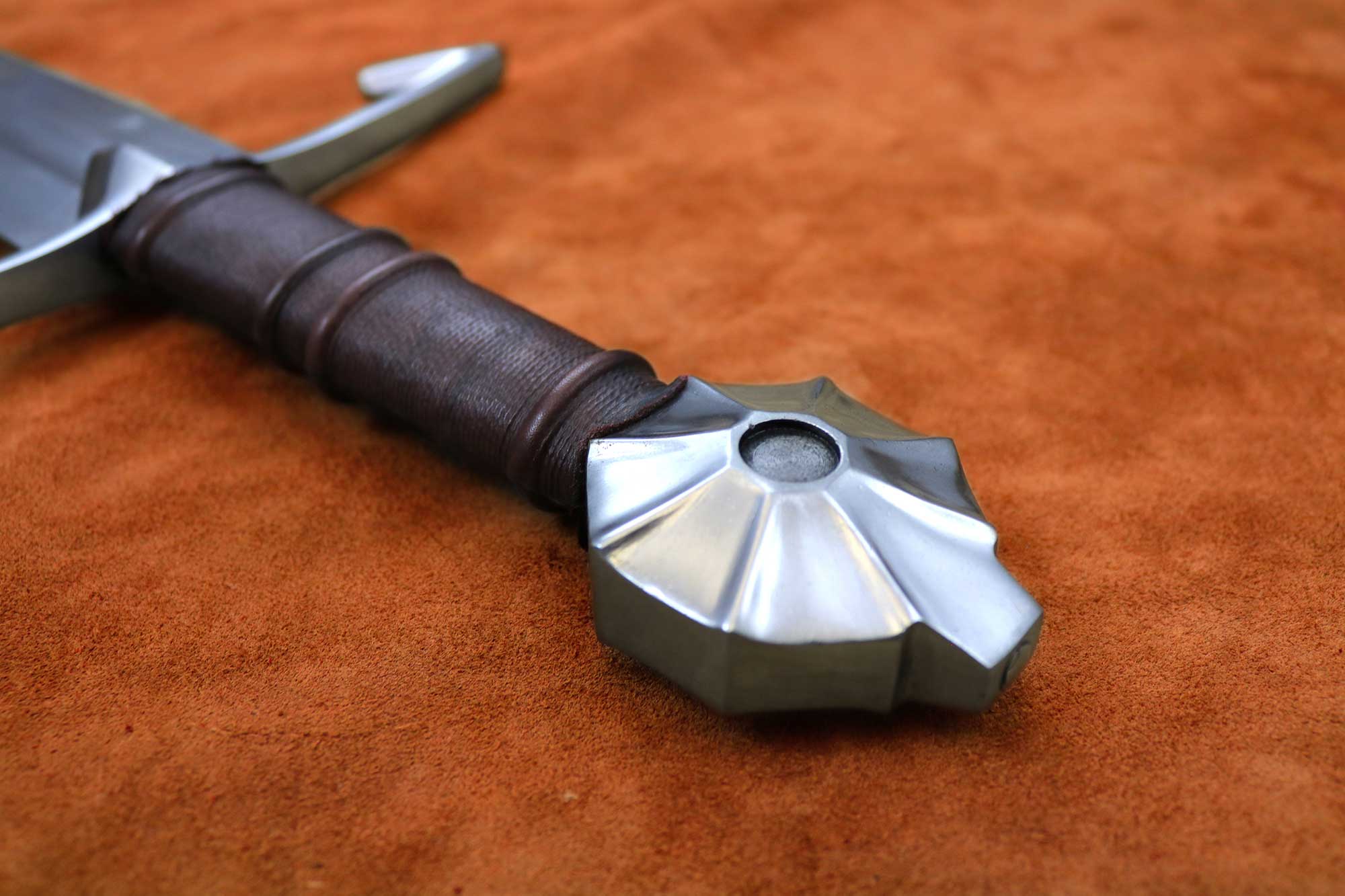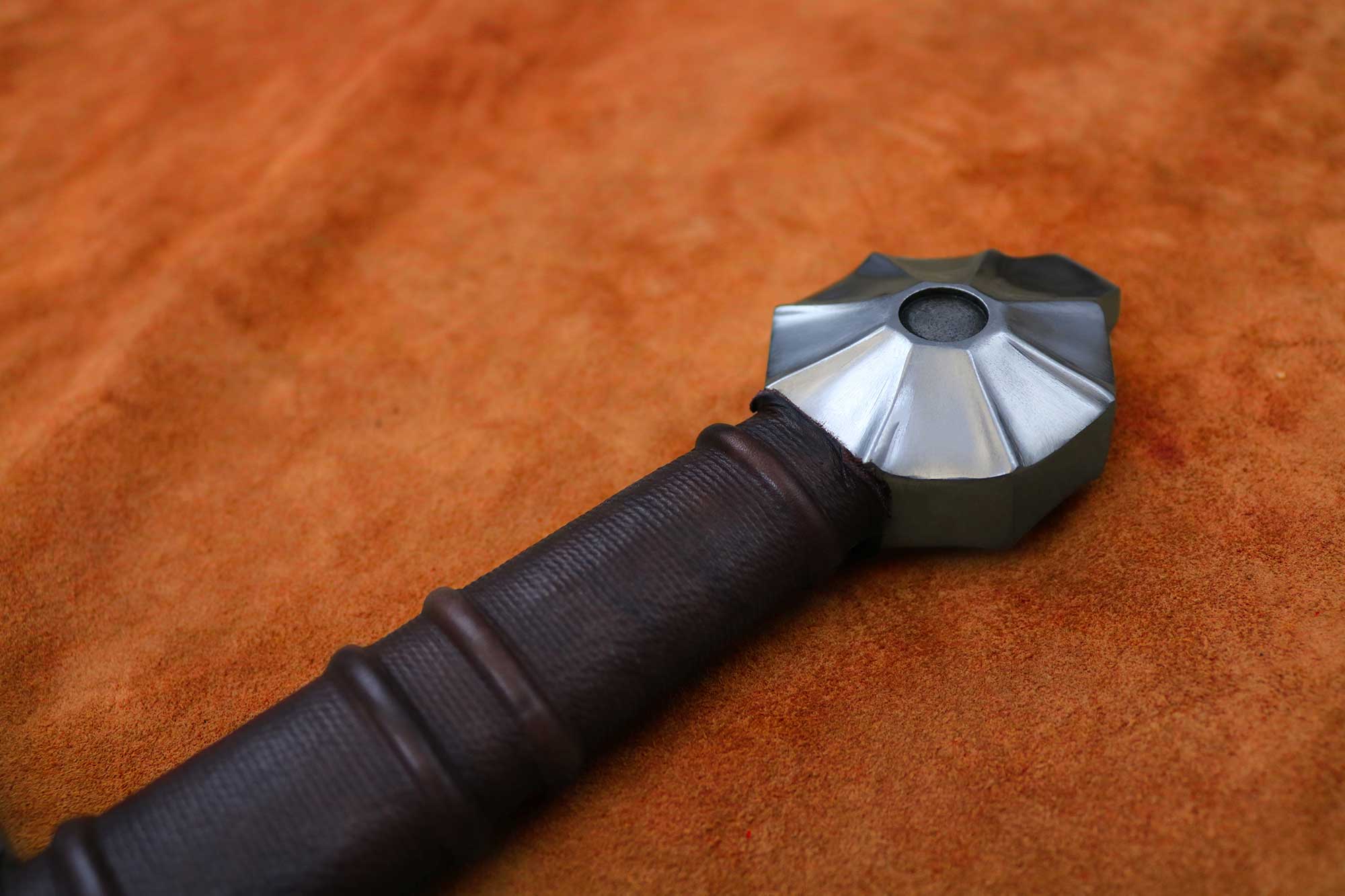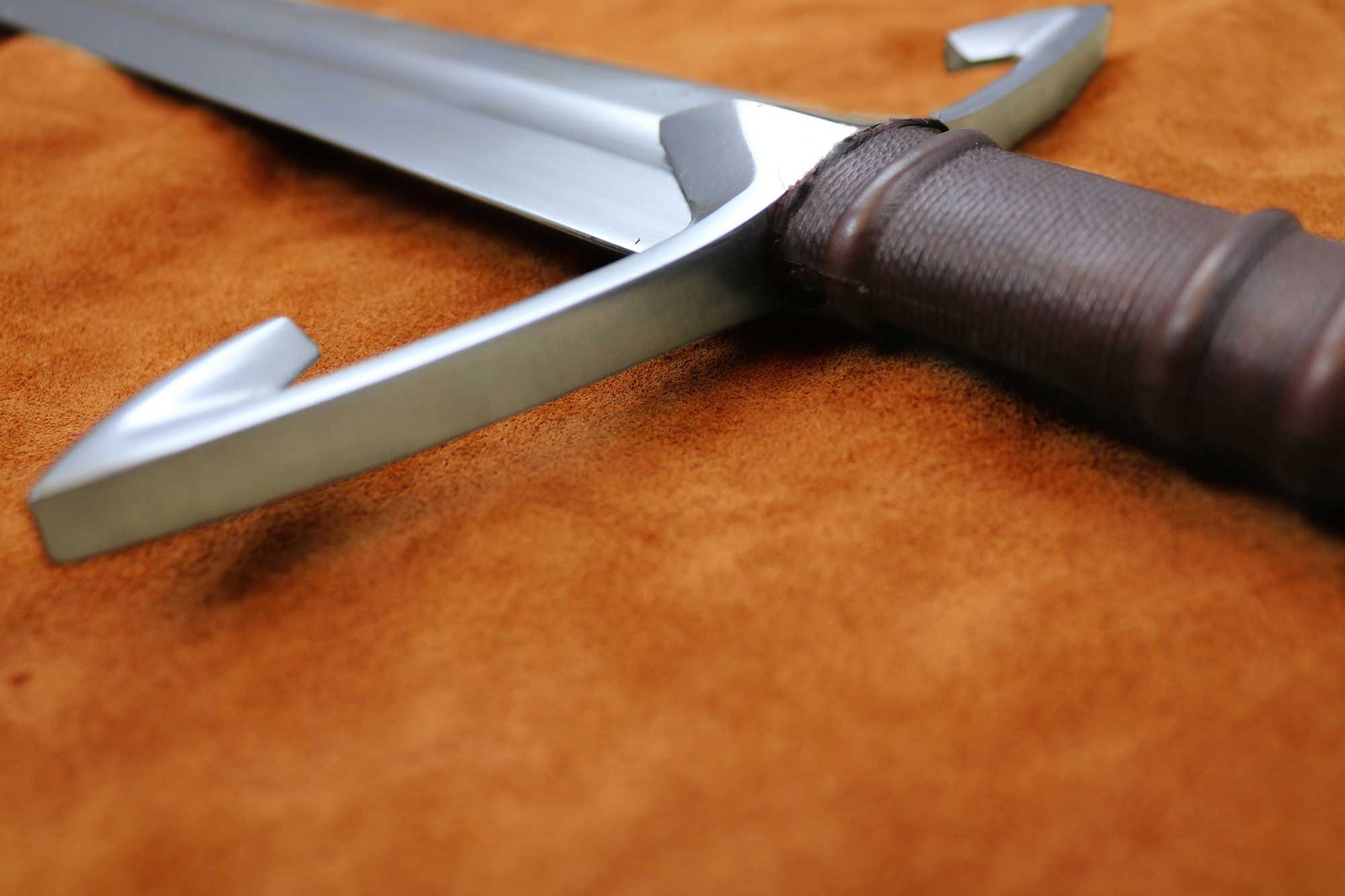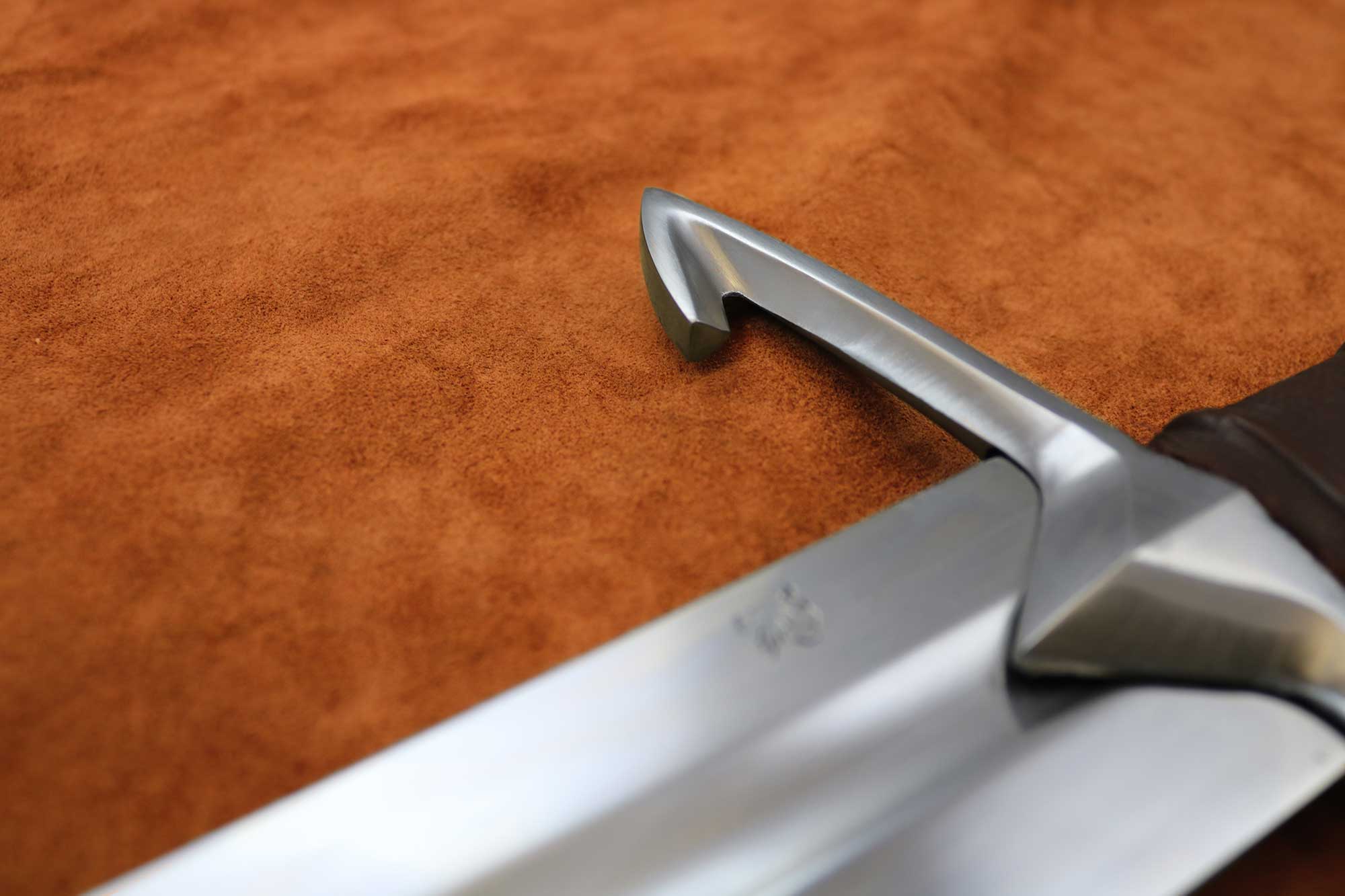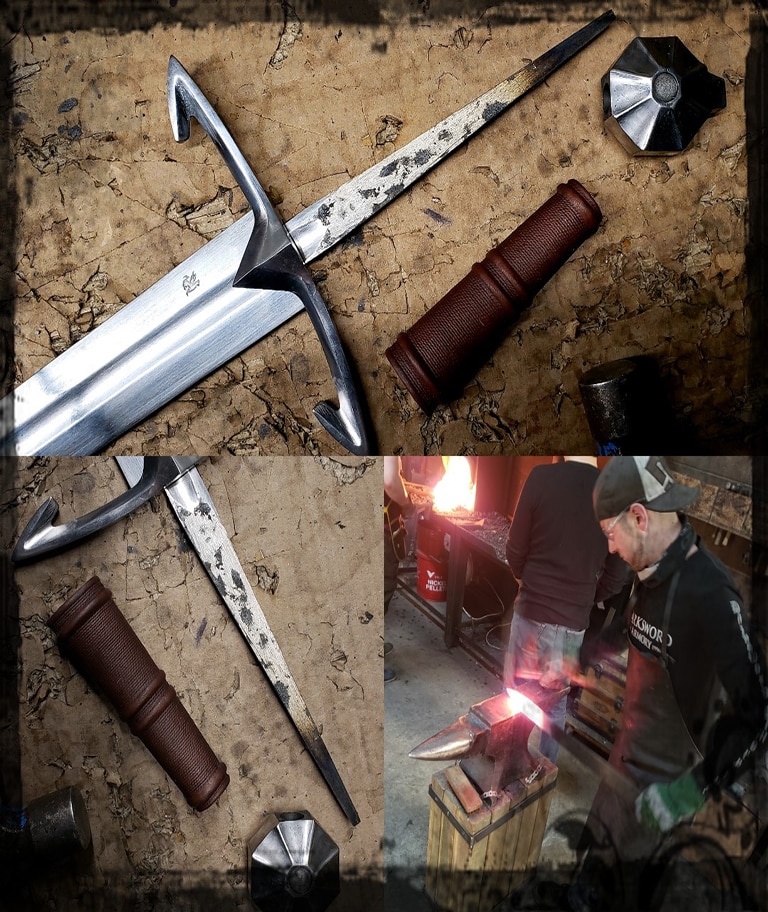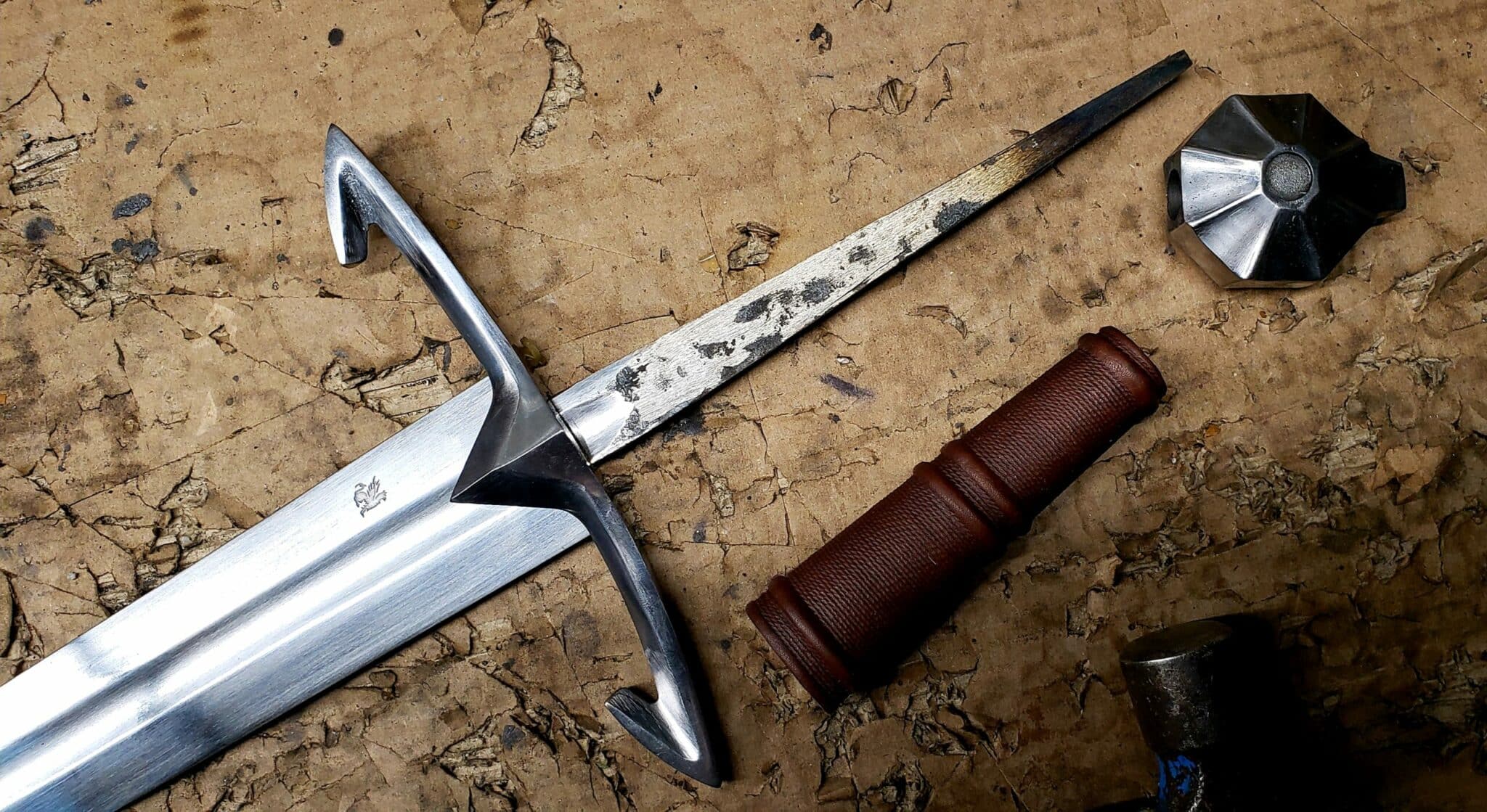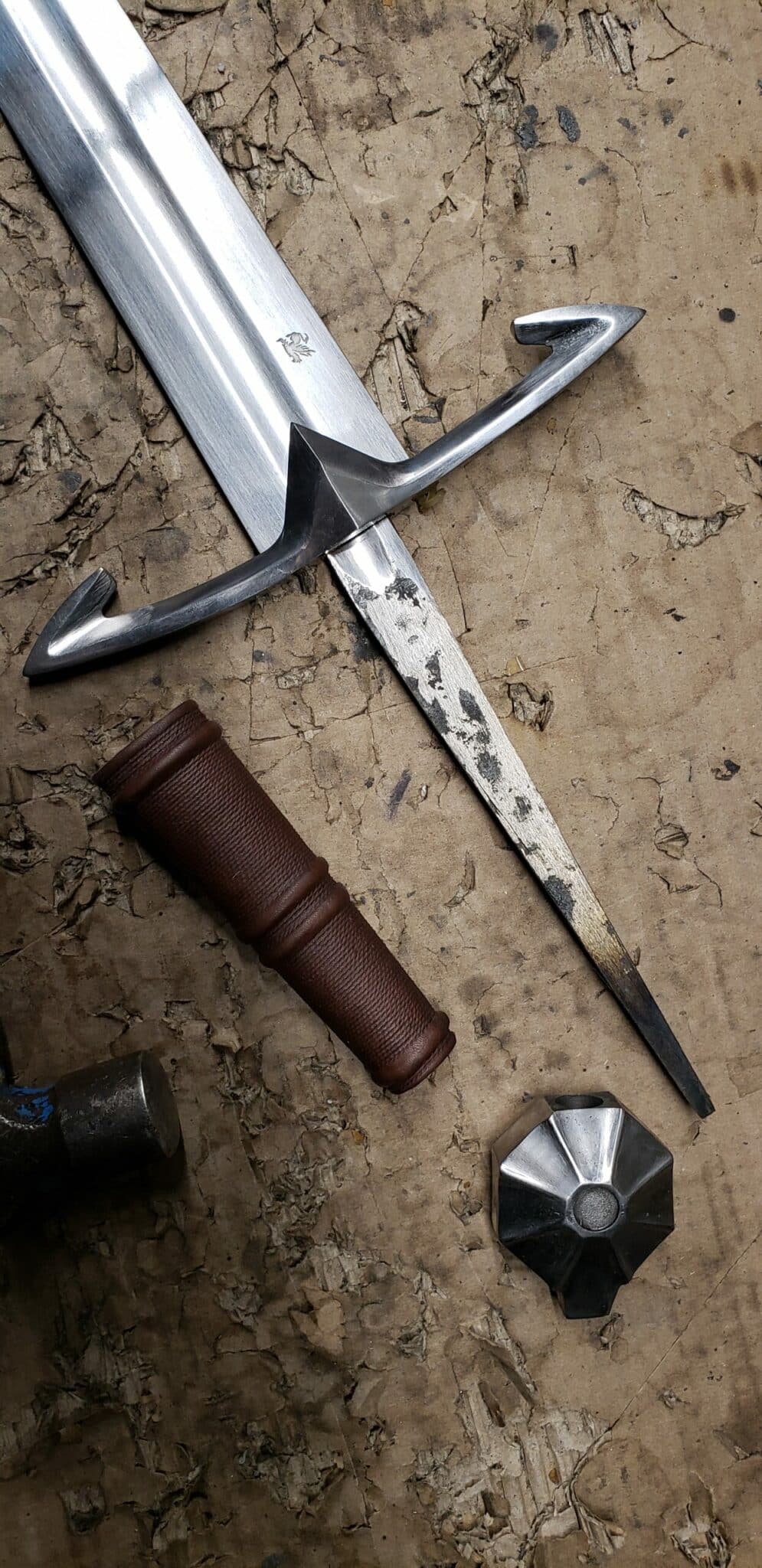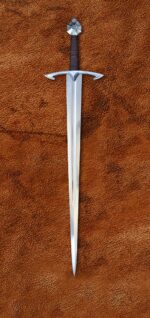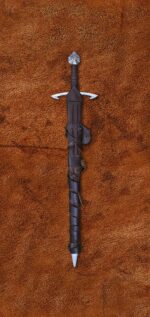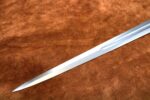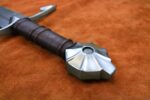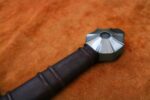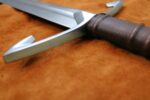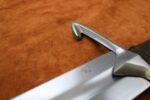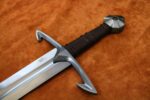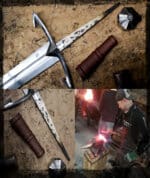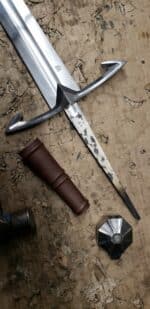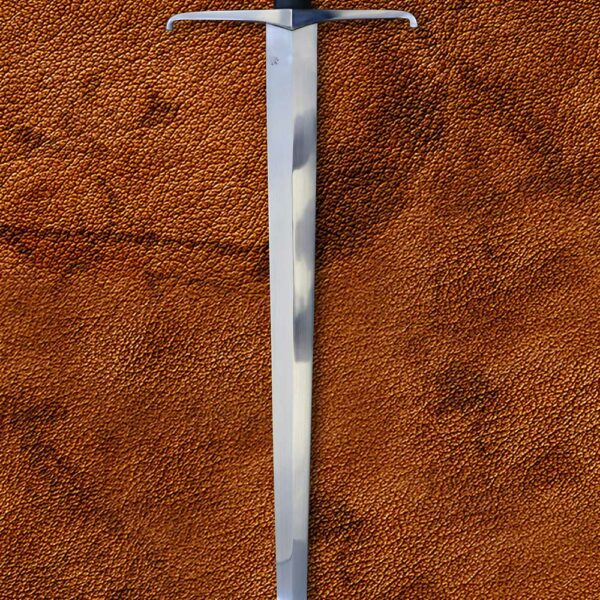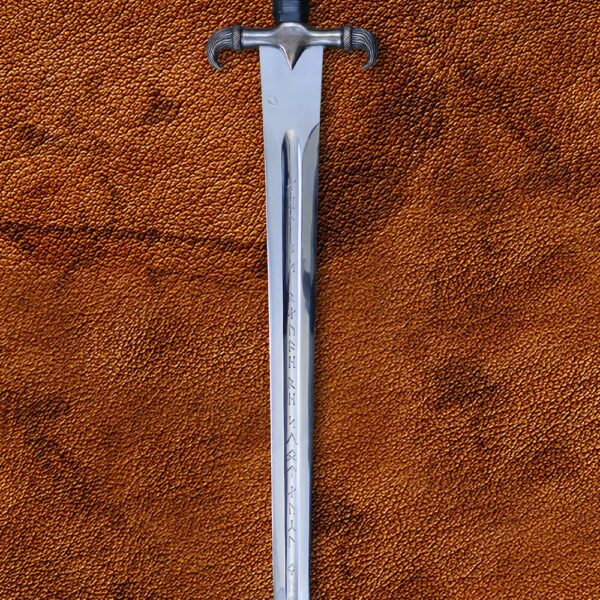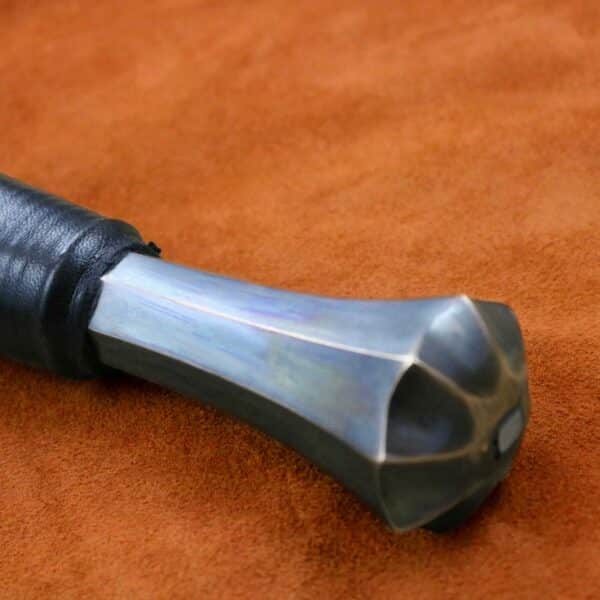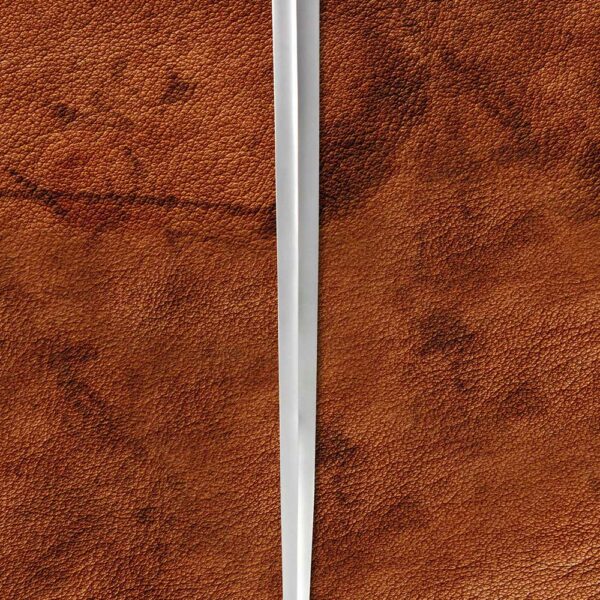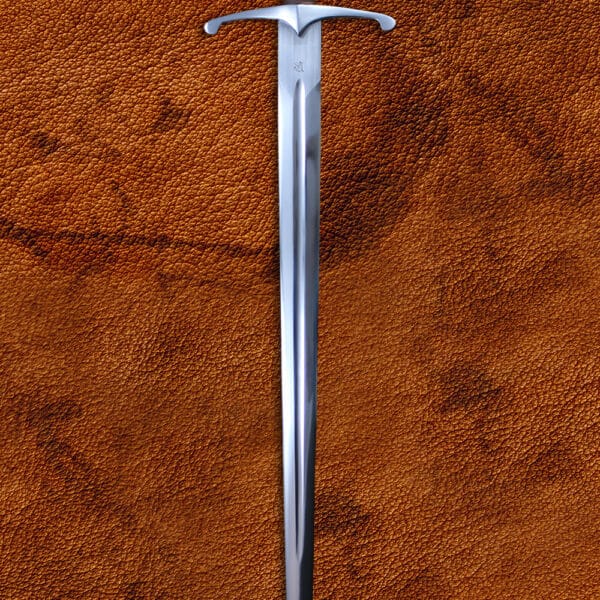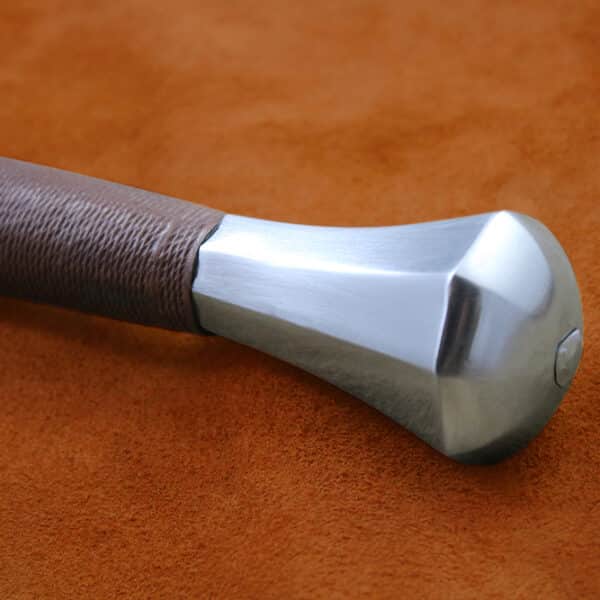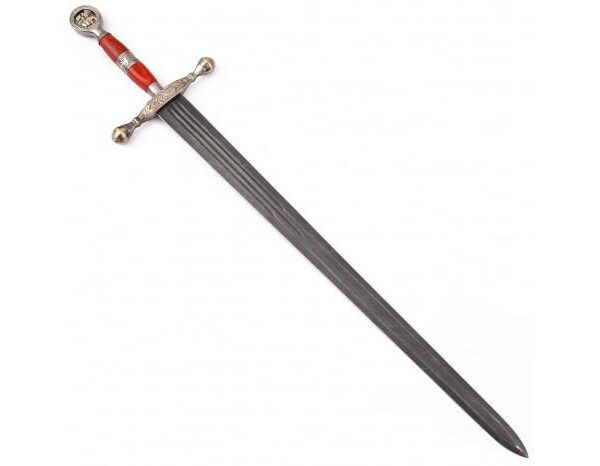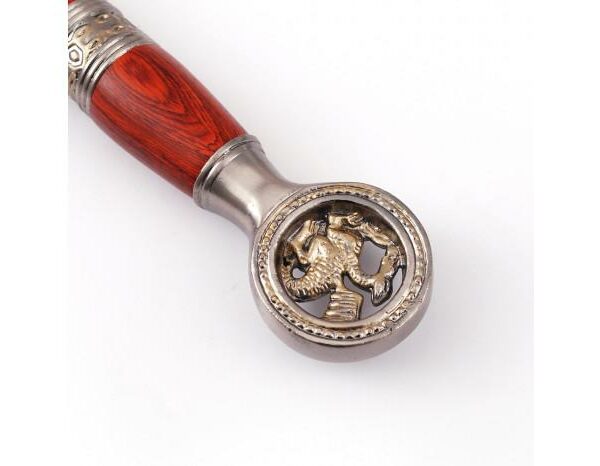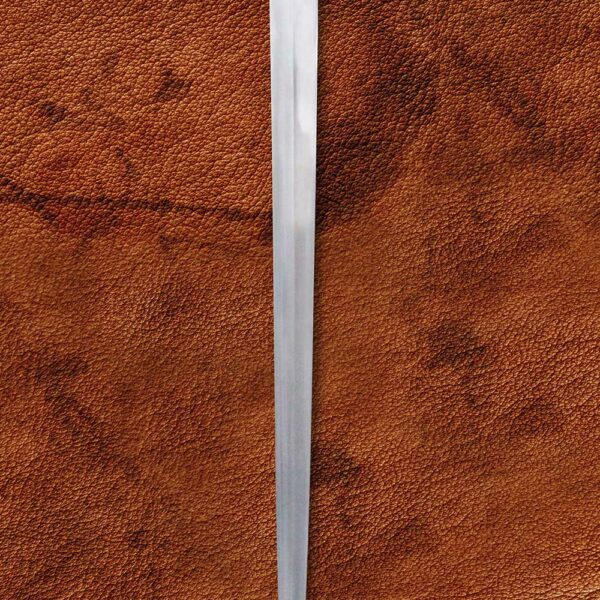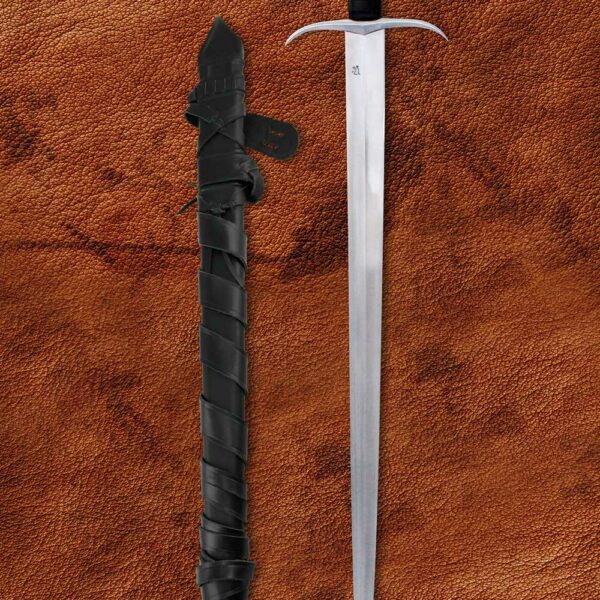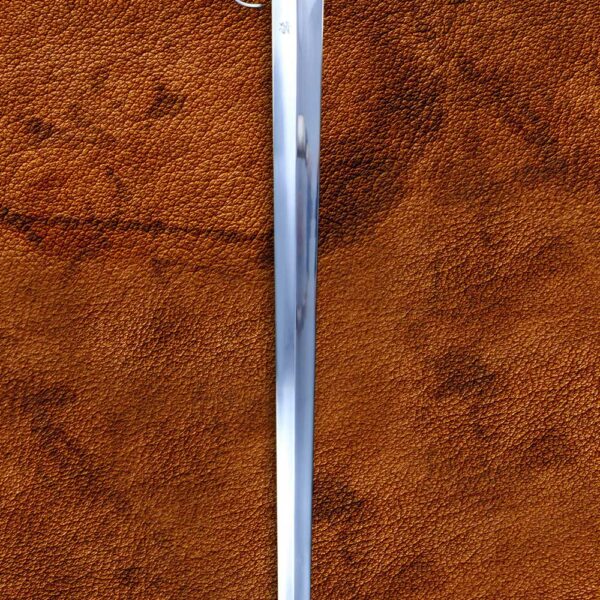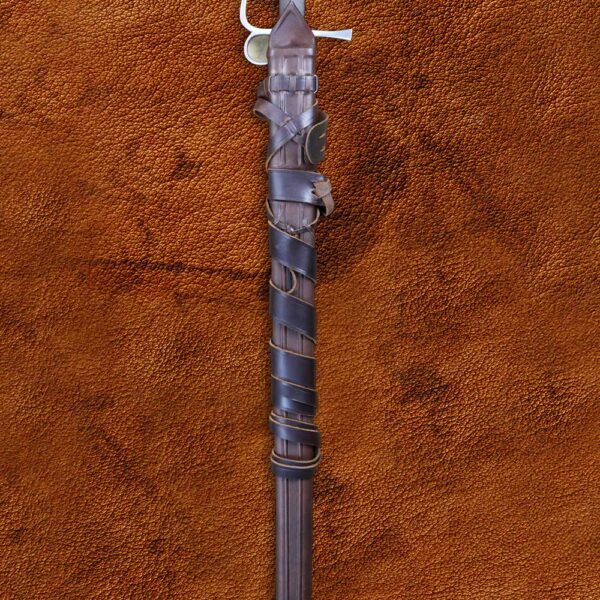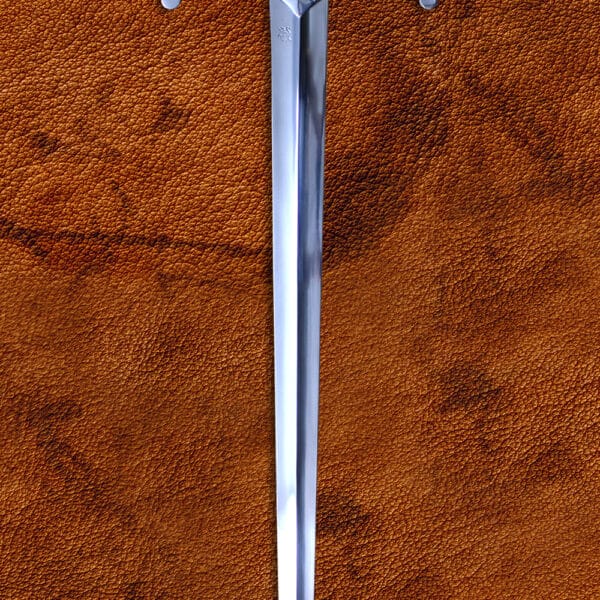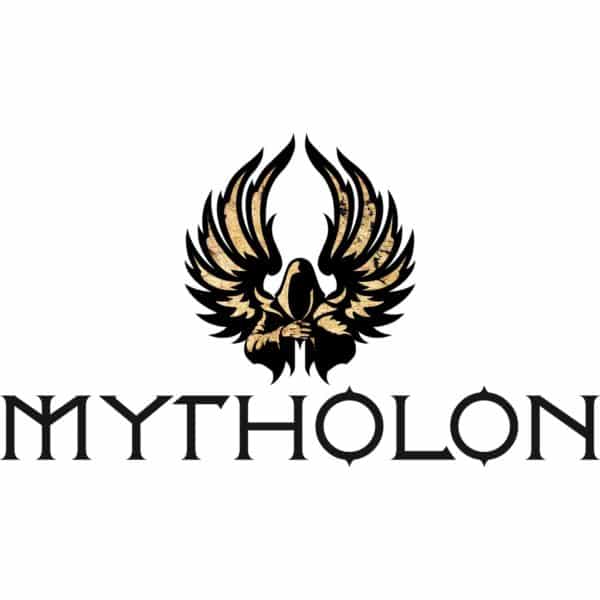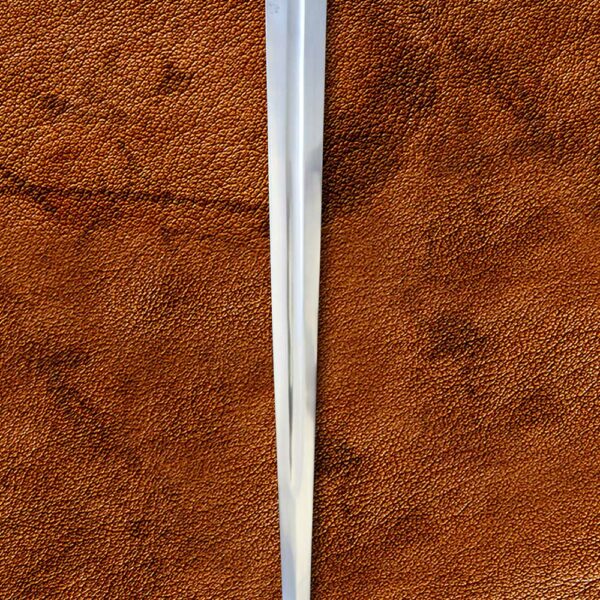Black Knight Medieval Sword
(About): A Hybrid Battlefield Sword Designed To Take Everything You Can Throw At It
Black Knights appear across medieval literature, often as evil counterparts to the brave knights of King Arthur and his Round Table. These brooding figures lurk on the edges of the medieval psyche, and their existence has fascinated medievalists ever since. Darksword Armory, North America’s finest artisan sword-maker, has drawn inspiration from the Arthurian legends (as well as a good dash of ingenious fantasy design) to create our stunning Black Knight Medieval Sword. They make sure to use the minimum necessary degree of modern labor-saving processes, so the sword that comes to you will be the closest possible to an authentic reproduction of a Late Medieval cut-and-thrust sword. You won’t even have to get your squire to sharpen it for you.
The Chivalric Swords Made for All Eventualities
The blade of our Black Knight sword is the epitome of a Late Medieval cut-and-thrust sword. These swords developed as a response to the emergence of transitional and plate armors in the 13th century, combining cutting power to slice through leather and cloth, with a sharp thrusting point to puncture weak-points in chainmail and plate. Our Black Knight Medieval Sword replica’s blade conforms to Oakeshott Type XVI – these were hybrid weapons that developed in the era of transitional armor, as warriors experimented with adding steel plating to their chainmail armor. Thus, weapons needed to be flexible, since a knight would need to be prepared to tackle a wide range of defenses – between c. 1250 CE and 1350 CE, wooden shields, stout cloth, splinted leather and pieces of early plate armor all coexisted on the battlefield, sometimes even in the same warrior’s outfit!
This versatility can be seen in the design of the blade, it is almost a blade of two halves. The upper half of the blade is a wide, flat cutting blade, reminiscent of earlier medieval swords that were designed wholly for cutting. It is lenticular in profile, meaning that it has the degree of flex required to deliver powerful slicing blows. It also has a wide, deep fuller – this significantly reduces the weight of the blade by as much as a third, and improves its handling characteristics. The blade tapers subtly in an elegant curve toward the point. It is the point of the blade that belies its updated purpose: the fuller ends some way short of the point, and the bottom third of the blade raises to a stiff diamond-shape in cross-section. This gives the sword an excellent thrusting capability, imbuing it with the ability to compromise plate armor. The possibility of fully punching through plate armor was rare, since cunning armor-makers quickly learned to shape each metal plate with a curve so that weapons such as out Black Knight sword could not find purchase and would glance off. However, especially during the transitional period, joins and overlaps and gaps were always present, and whilst they were frequently covered with chainmail, they made an obvious target. A blade such as this was designed to be used to exploit the weaknesses of armored opponents, going for ocularia (eye slits in a visor), armpits, groins and throats.
Reproduced for Modern Roleplayers and Re-Enactors
Darksword Armory’s master smiths have hand-forged this stunning replica blade from 5160 steel – this high-carbon steel was designed for use in punishing automotive applications, and is the gold-standard for modern reproduction sword blades. It has been tempered using Darksword’s signature dual-hardness treatment, resulting in a hardness of 60 HRc at the edge, with the core at 48-50 HRc. This means that it combines peerless edge-retention and resilient flexibility under extreme conditions – Darksword perform extreme destruction tests to confirm their smiths’ final products, such as bending their swords through 90° (!) and using them to smash concrete blocks to pieces, all with minimal damage. You know when you are buying a Darksword Armory Black Knight sword that it will stand up to everything you can throw at it. As an added bonus, 5160 steel is a chromium alloy, and so is corrosion-resistant (although we recommend always keeping your sword dry, especially when in storage!).
A Dark-Fantasy Hilt to Menace your Foes
The hilt of our Black Knight Medieval Sword is a stark and menacing design that has more than a little dark fantasy mixed in. It has been forged in mild steel, a rugged low-carbon steel that will stand up to the knock and scrapes of re-enactment and roleplay with ease. The cross-guard is a stunning fantasy design, consisting of curved quillions that fold back dramatically on themselves, creating a thorny frame for the forte of the blade. They’re forged to a sturdy triangular chamfered quillon block. The hand-grip is a generous single-handed size, and is a comfortable oval that won’t slip in the hand. It is wrapped with a gorgeous oxblood leather, and features four ridges to provide an excellent grip surface for gloves, gauntlets or bare hands. The pommel is a spectacular unique design, inspired by the stunning drawing of a medieval arming sword by legendary sword-collector E. A. Christensen included in Ewart Oakeshott’s Records of the Medieval Sword (1991). It is an octagonal type similar to Oakeshott’s Type I1 pommels, but Darksword Armory’s makers have elegantly scalloped each of its faces to create a unique effect. It is carefully weighted so as to counterbalance the blade in such a manner as to create an extremely agile and wieldy blade: Darksword design swords that cry out to be used, and the Black Knight sword is no exception. The hilt is constructed with a full tang that has been hot-peened. This means that the guard, grip and pommel have all been keyed and threaded onto the tang of the blade, the protruding end of which is heated and hammered flat to lock everything securely into place. The result is a fully-functional, battle-ready sword that can be wielded safely in light combat, re-enactment and roleplay. The Black Knight Medieval Sword is supplied with a handsome scabbard, which can be customised with a historically authentic interlaced sword-belt. As well, if you would prefer it can be provided to you with a 2mm rebated (blunt) edge.
Our Black Knight Medieval Sword is the devastating battlefield weapon of a Late Medieval warrior, the perfect all-rounder for a fluid and ever-changing set of challenges and foes. Its stunning dark-fantasy aesthetic lends itself perfectly to roleplay, and it’d make a fantastic accompaniment to an outfit of our medieval plate armor – such as our Polished Steel Cuirass and Italian Leg Guards. You could use these to depict a fierce and brave paladin, a wandering knight-errant, or even a dark-hearted blackguard… Our Black Knight sword is the chivalric weapon at the core of these knightly themes.
(Curiosity): Who Was The Black Knight?
In Arthurian literature, there is a sinister recurring trope: an evil Black Knight, terrorising the innocent, challenges the heroic protagonist to a duel. Often, this knight has gone rogue and recognises no lord, such as the Black Knight in La Vengeance Raguidel (late 12th century CE), where he steals five gold rings from a fallen knight’s body, and is made to submit to vassalage by the good knight Sir Gawain. Similarly, Perceval vanquishes a Black Knight in Sir Perceval of Galles (early 14th century CE) who had tied his wife to a tree after discovering her infidelity – yet Sir Perceval nobly spares the Black Knight’s life.
The Real Black Knights
There can be little doubt that Black Knights did exist. The high-minded chivalric virtues of honour, chastity and loyalty did not emerge from nowhere: they were the imposed response of the Catholic Church who were horrified by the amorality and lawless violence practised by many wayward knights in the 11th century, who often remained little more than trained killers in the service of their lord. At the same time, there is much historical evidence that knights could well have worn black armor. Substances that could be used to create a paint or lacquer, like pitch and charcoal, were commonly available, and we also know that cheaper plate armor was left unpolished with a dark layer of oxidised scale on its faces. Thus, the medieval meme of a scary, evil Knight in black armor forsaking their chivalric vows was very far from an imagined threat for the working-classes of medieval Europe, and the Arthurian legends were probably based on more than a grain of truth.
Knights of Color
However, there is a very different type of Black Knight that appears in the Arthurian canon: knights of color, from the Islamic kingdoms of the Middle East or North Africa. Medieval European history in deeply conditioned by its relationships to other parts of the world, and the depiction of non-white knights in the Arthurian legends is fascinating. Foremost is Morien, who is the hero of his own eponymous 13th-century Dutch romance. He is the son of a North African mother and Sir Aglovale, one of King Arthur’s knights, and is described as dark-skinned save for shining white teeth. He wears Moorish (Islamic North African) black armor, and displays all of the heroic virtue of his European knight-brothers. Other contemporary tales talk of Sir Palamedes the Saracen (likely from the Levant) and his brothers. These were not throwaway tokens or racist caricatures, but rather characters in their own right designed to show the worldliness of Arthur’s court as a rightful part of a pan-global network of powerful kingdoms. It was only in the Victorian era, when racist and imperialist attitudes crystallised into white supremacism, that such imagery was scrubbed from Arthurian lore.
Consider the position of medieval Europe within a global context when building your re-enactment or roleplay outfit. Perhaps your Black Knight Medieval Sword will open doors to faraway places…
Technical Specifications:
Total length: 35 inches
Blade length: 28 inches
Blade width: 2 inches
Blade material: 5160 carbon steel
Blade hardness: 60 HRc at edge ; 48-50 HRc at core
Guard and pommel material: Mild steel
Grip material: Leather
Weight: 2.6 lbs.

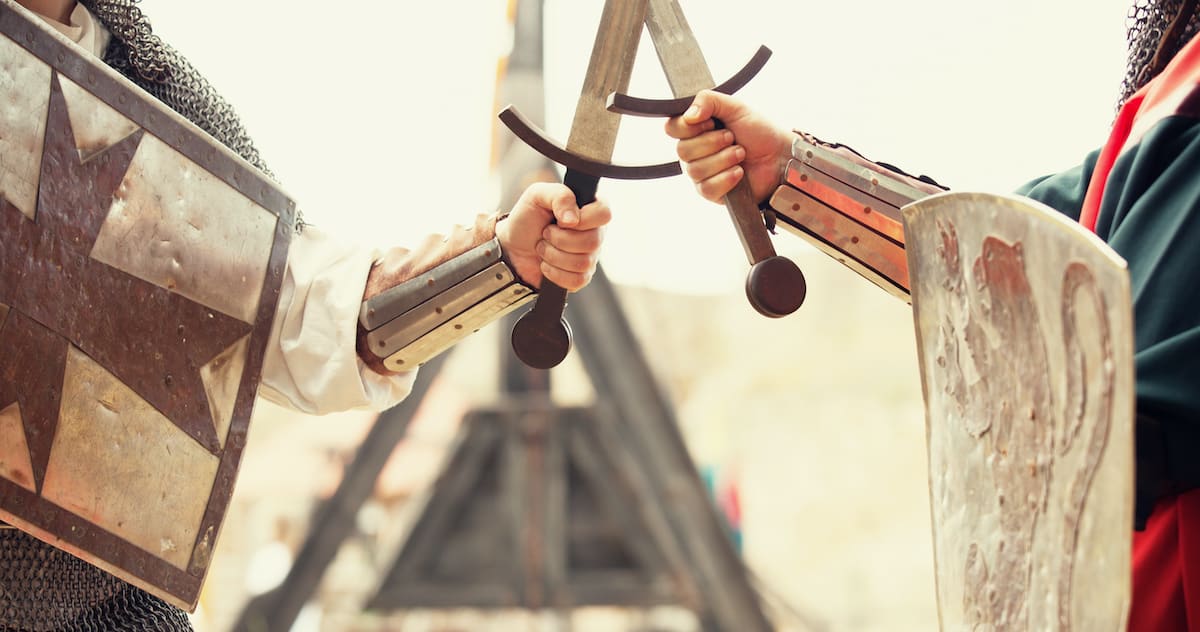 Historical Swords
Historical Swords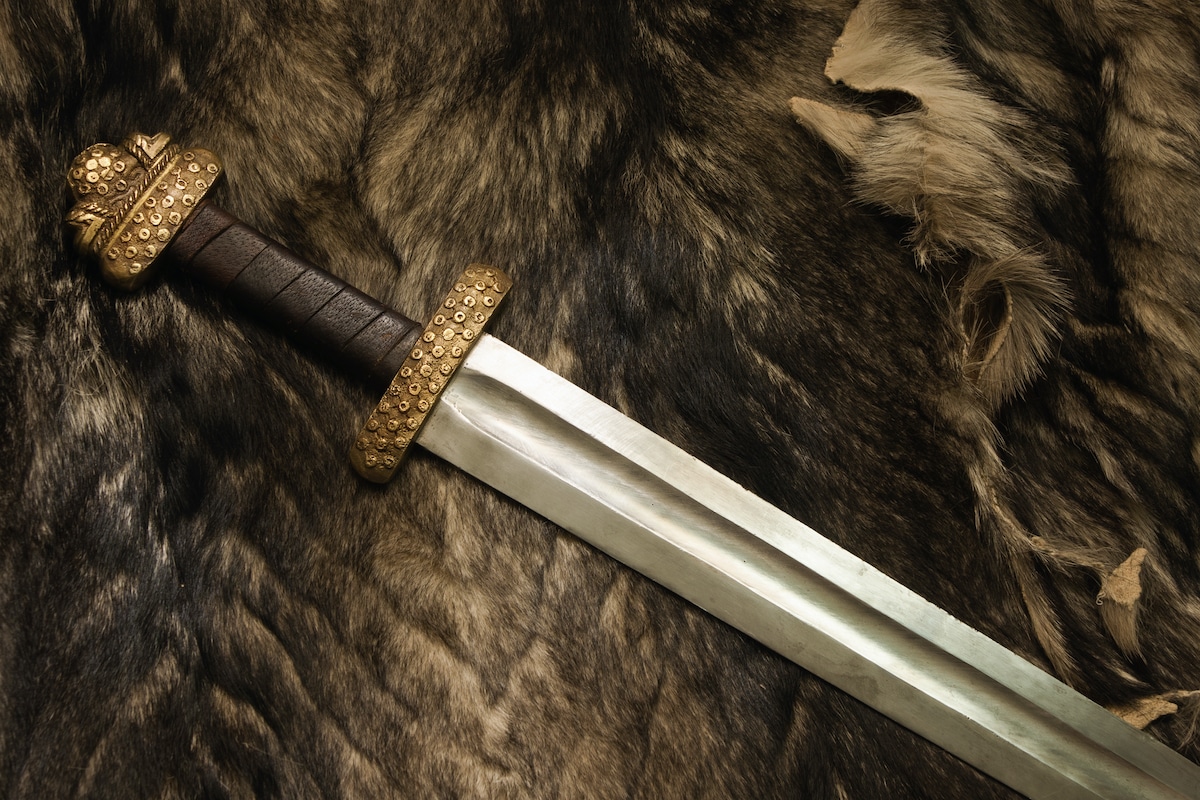 Norse & Viking Swords
Norse & Viking Swords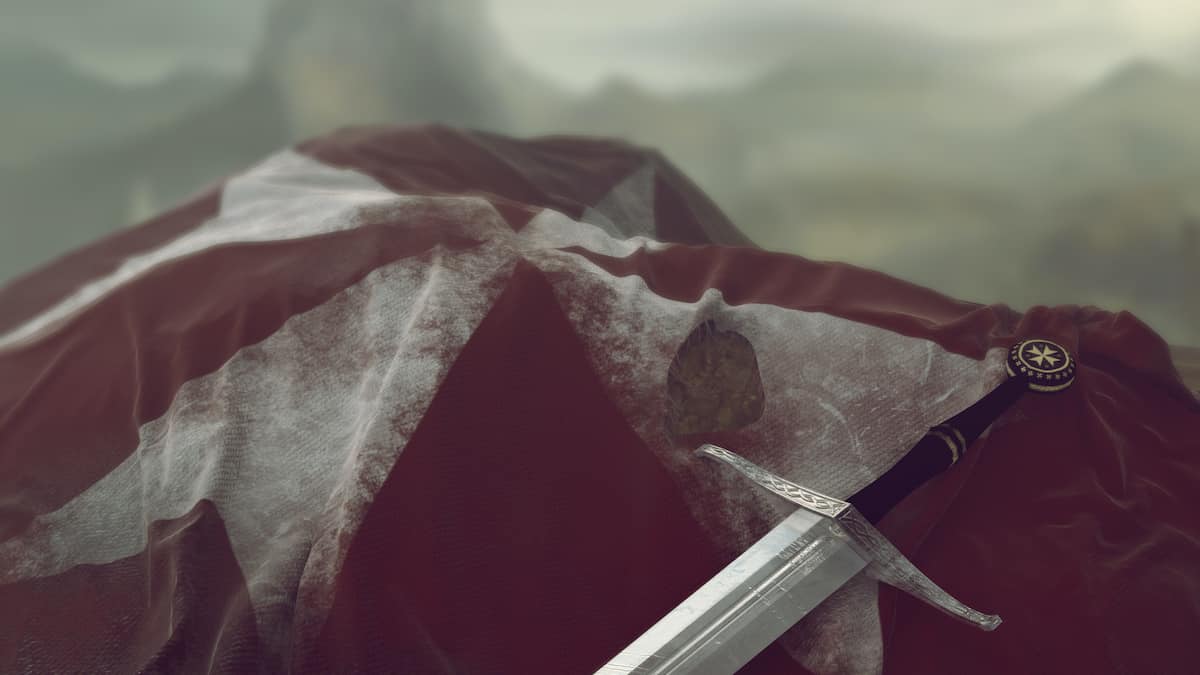 Templar Swords
Templar Swords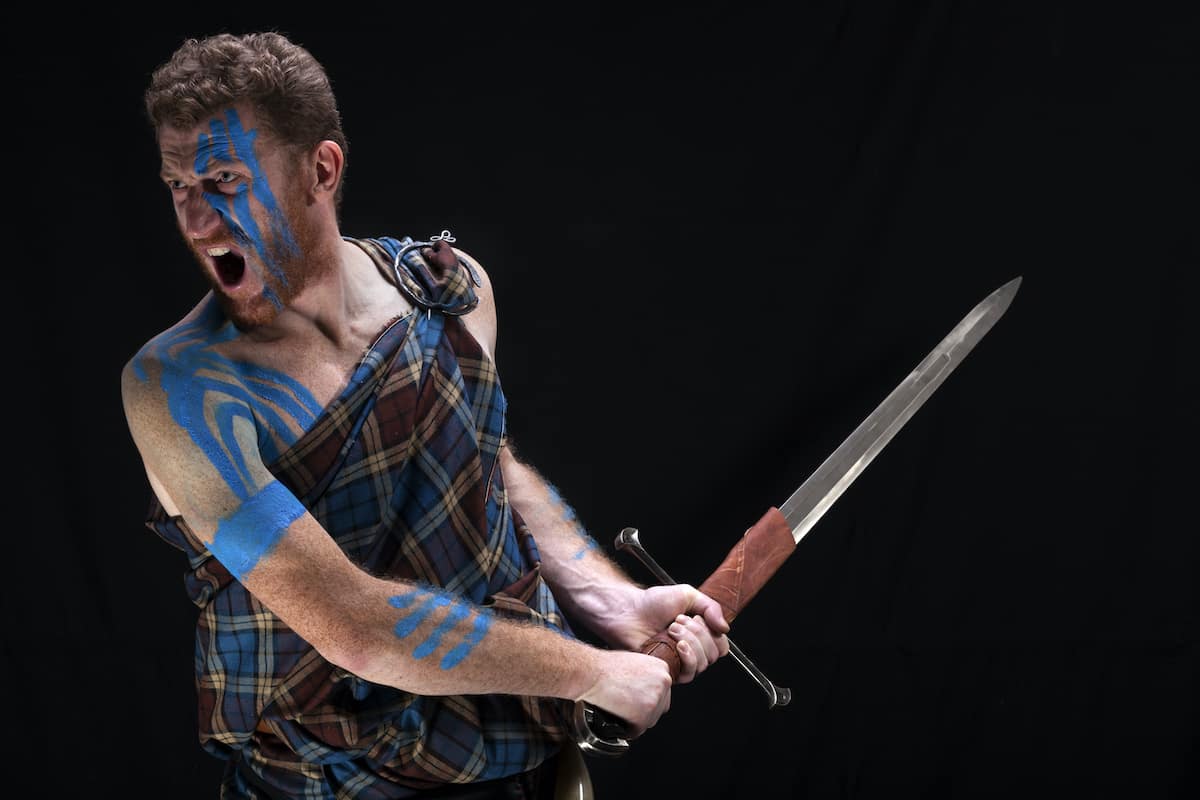 Claymore Swords
Claymore Swords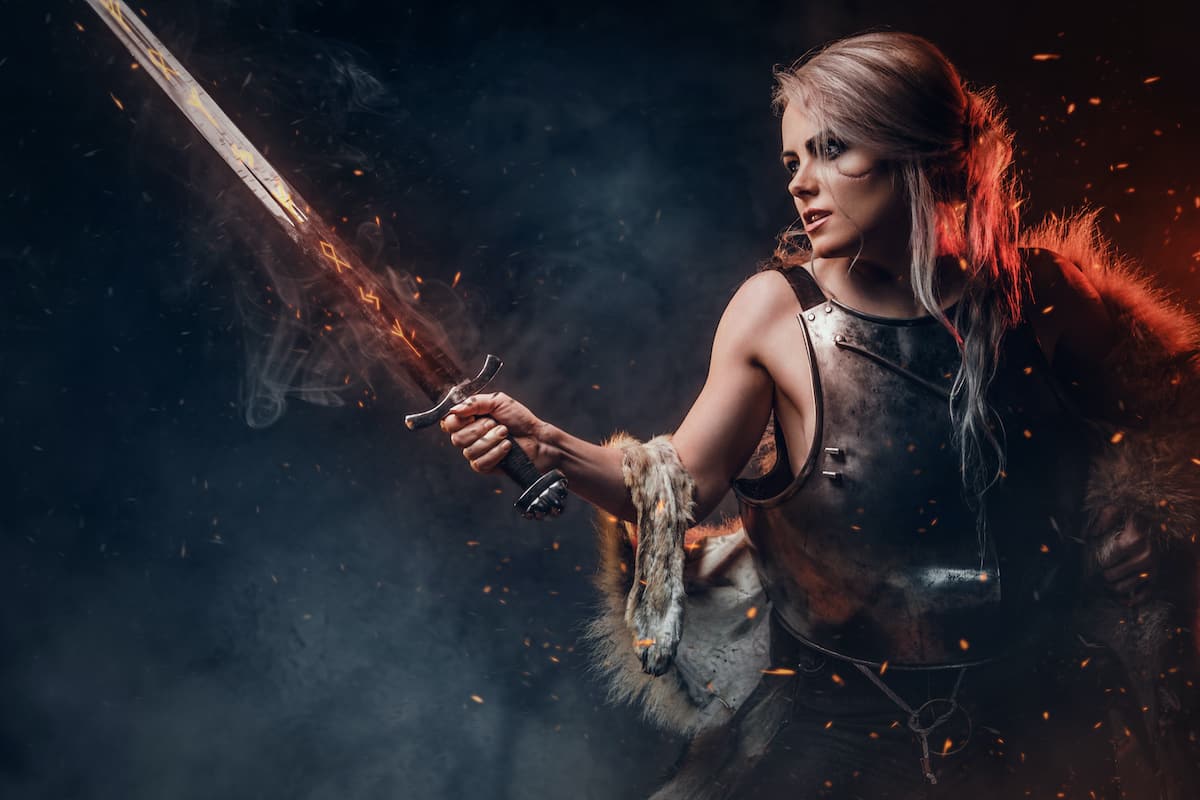 Fantasy Swords
Fantasy Swords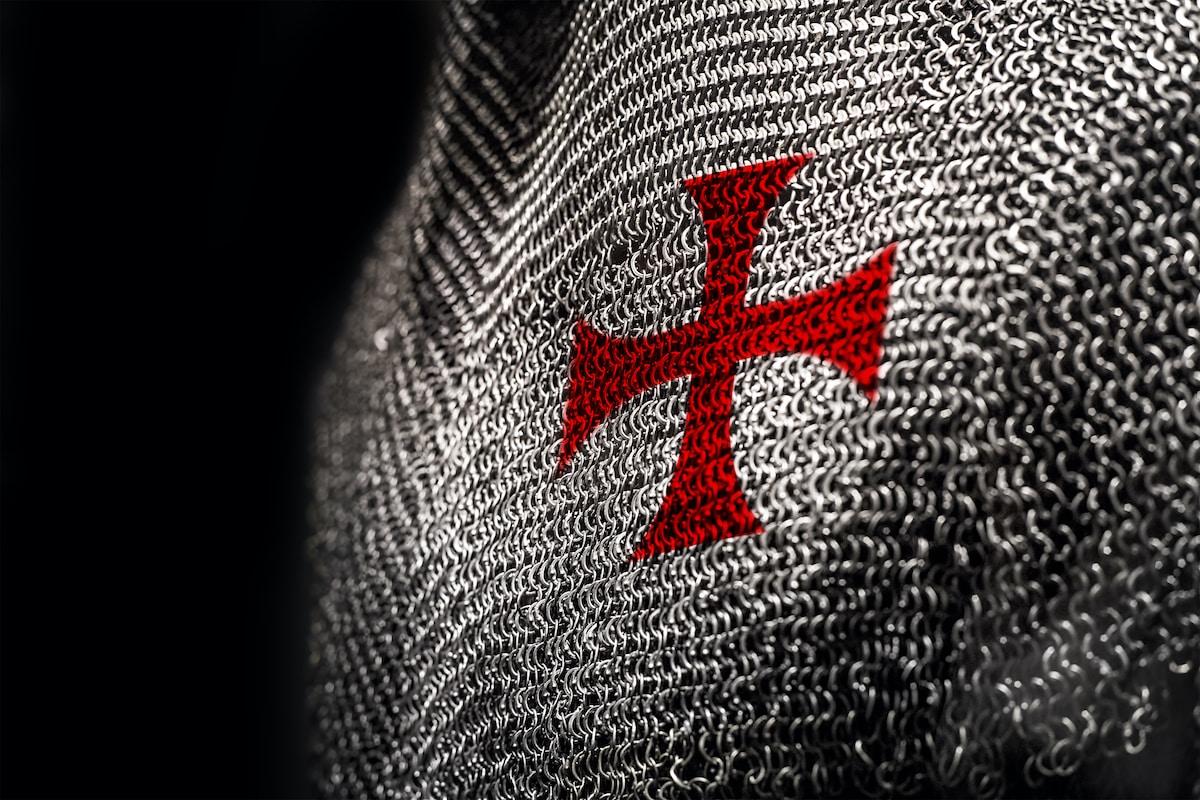 Chainmail
Chainmail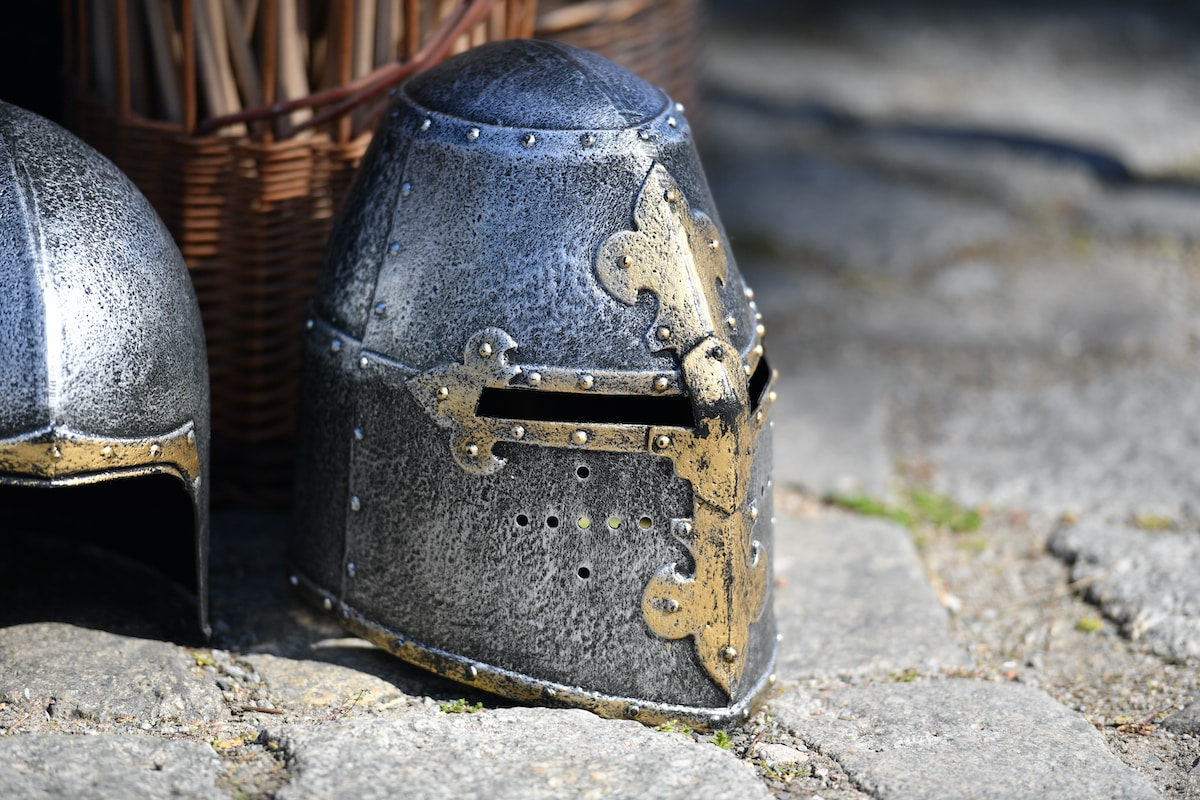 Helmets
Helmets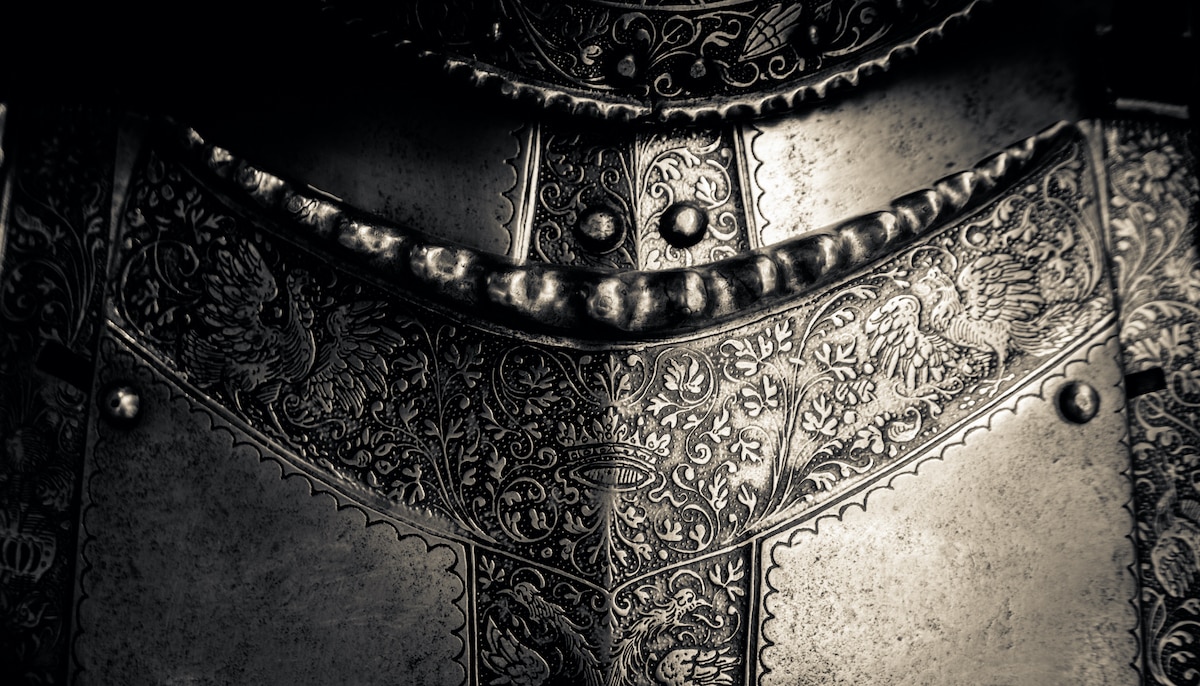 Torso Armor
Torso Armor Bracers and Arm Protection
Bracers and Arm Protection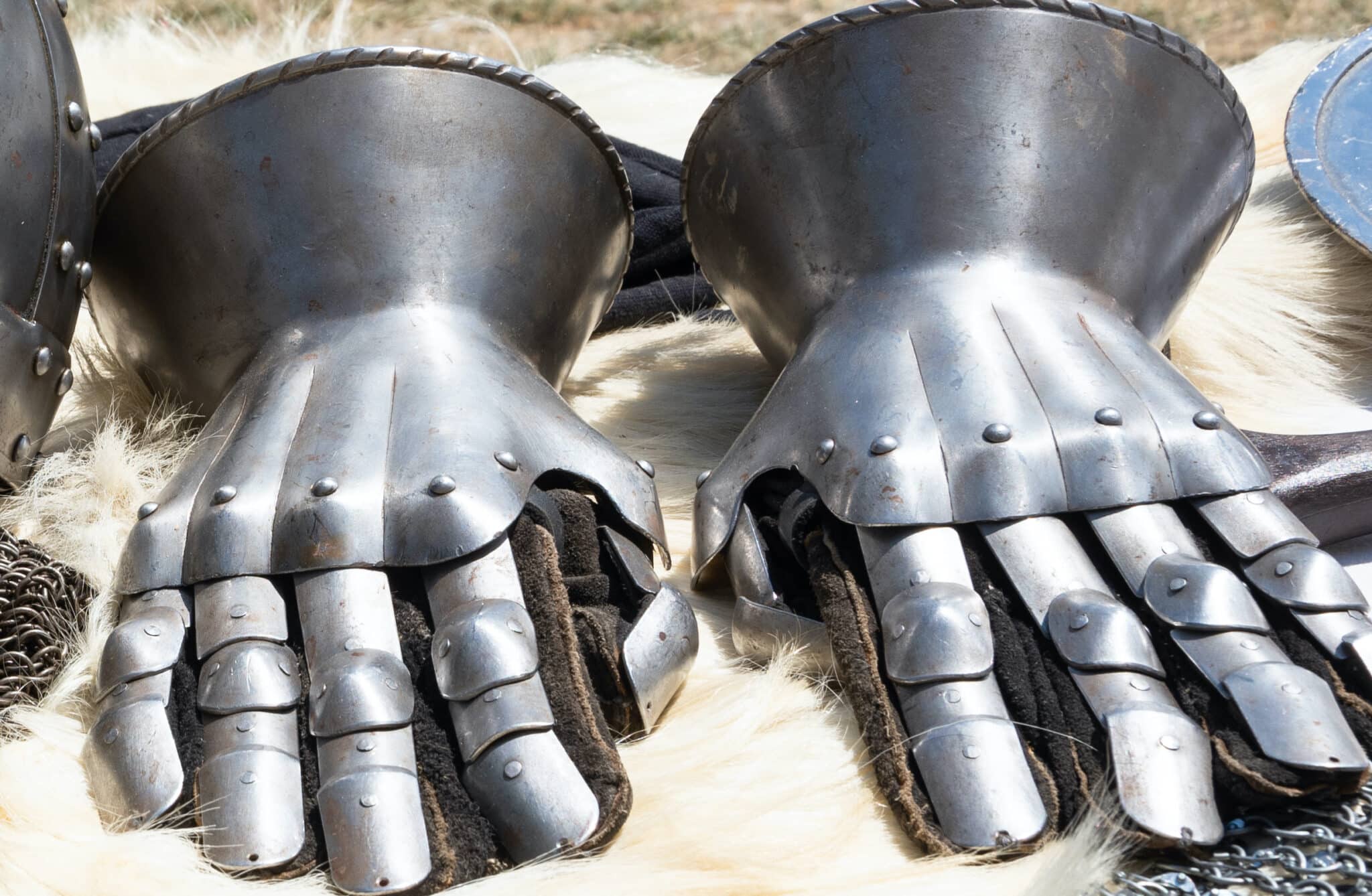 Gauntlets
Gauntlets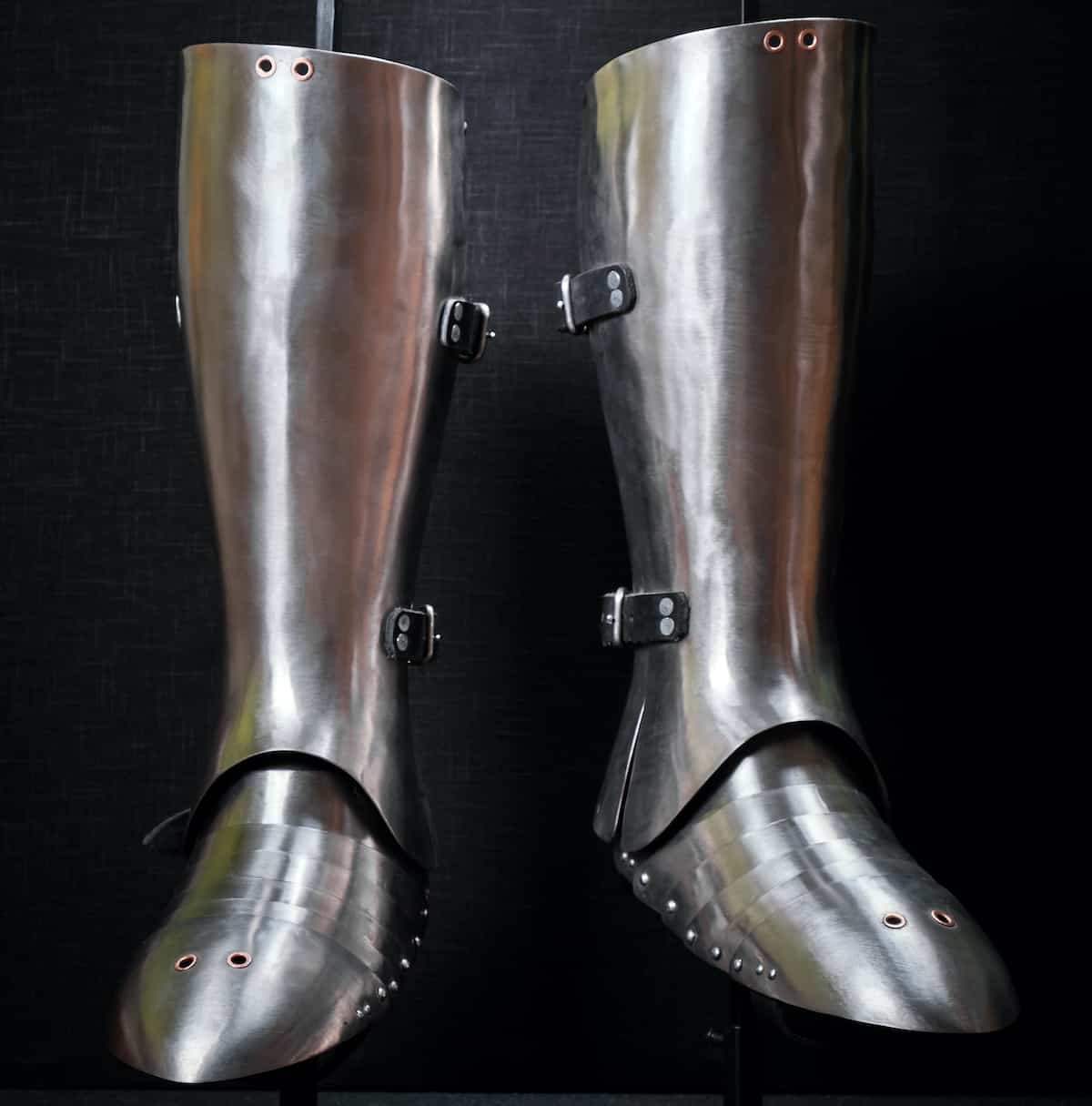 Leg Armor
Leg Armor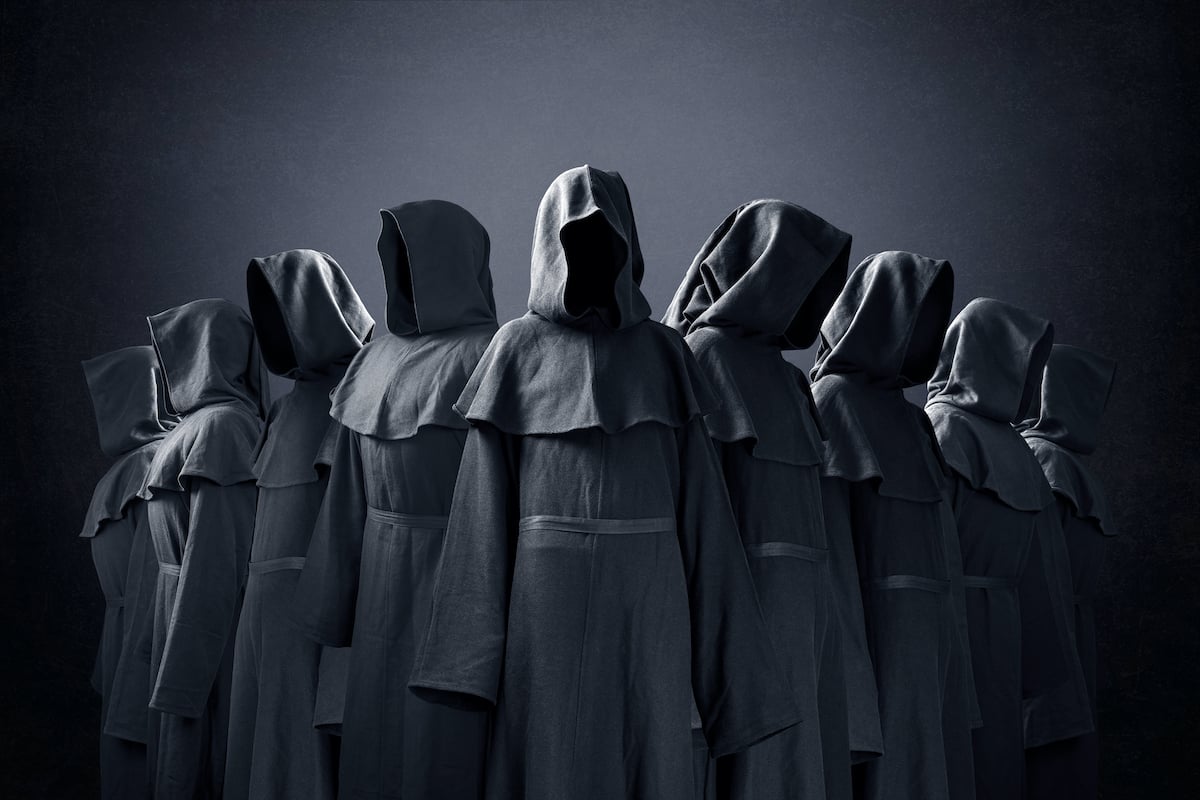 Cloaks
Cloaks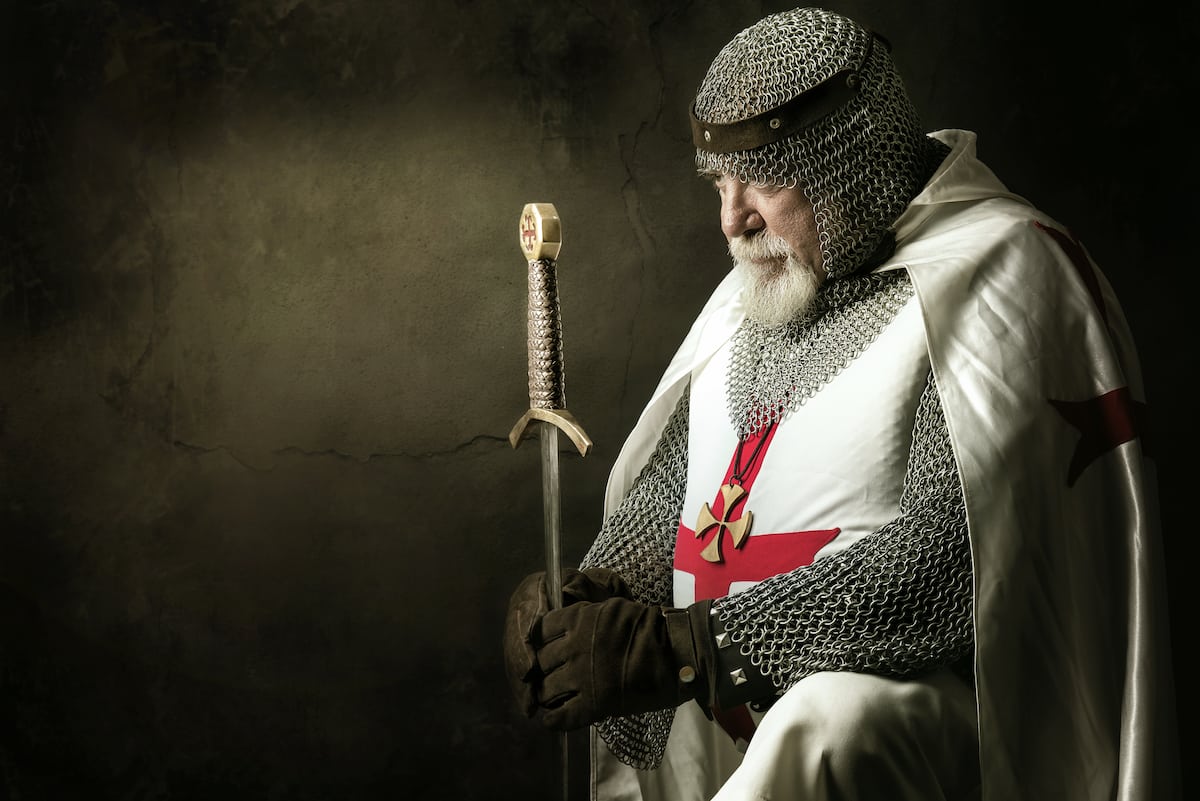 Tabards
Tabards Shirts
Shirts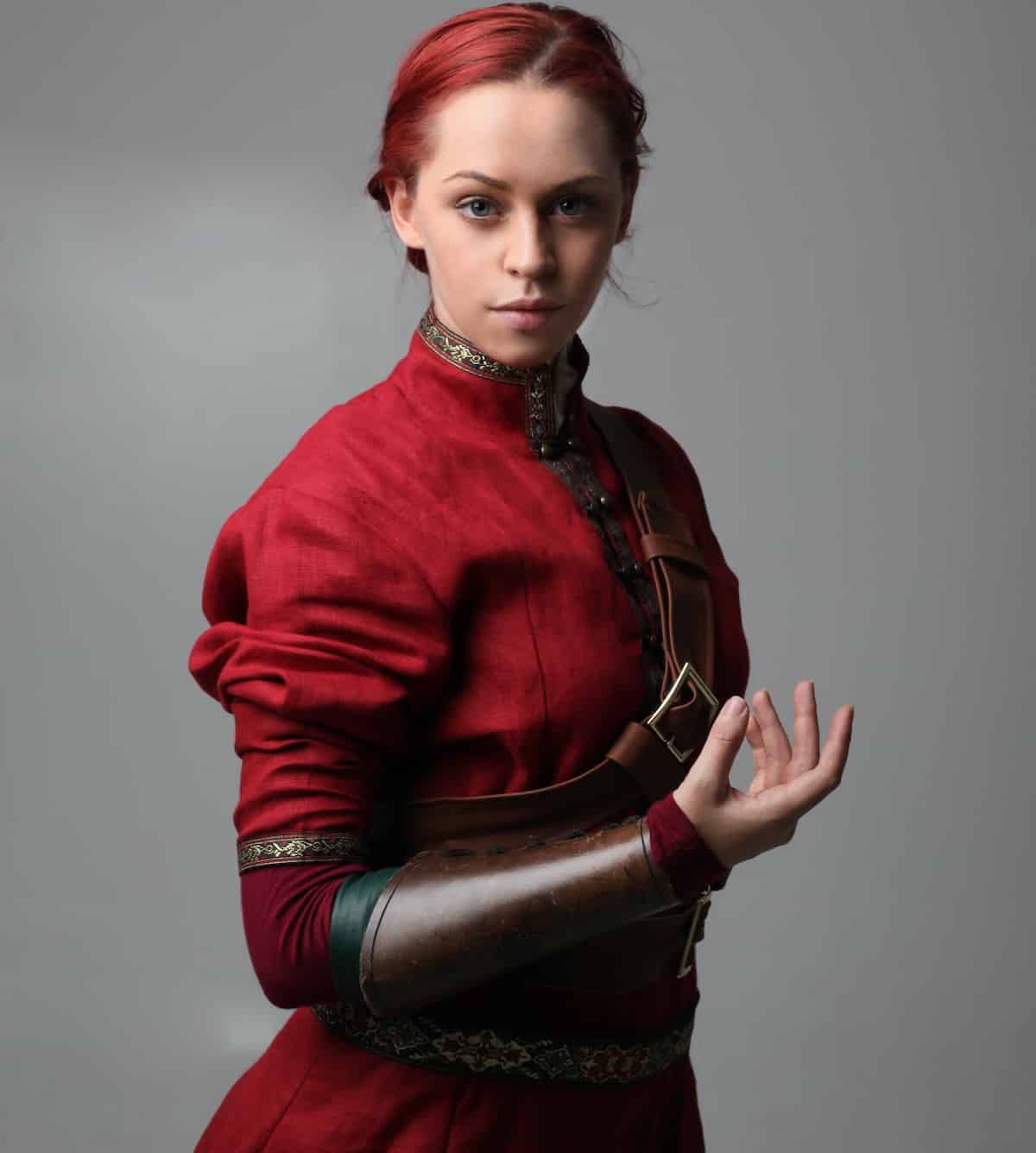 Tunics
Tunics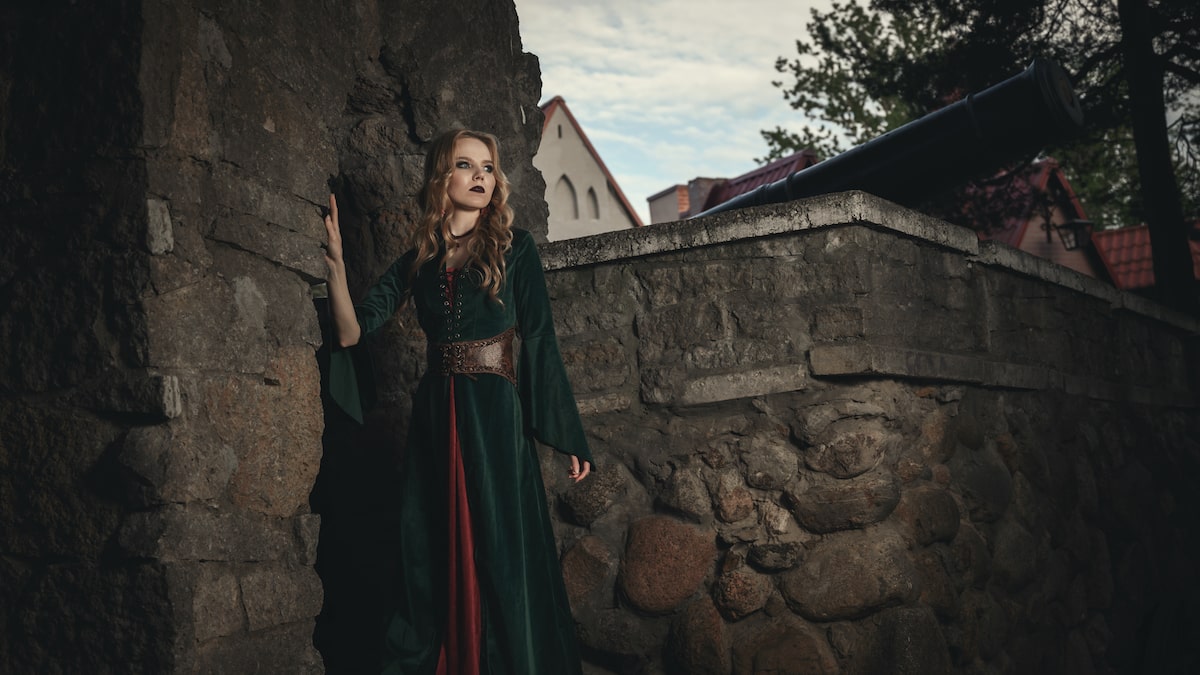 Dresses
Dresses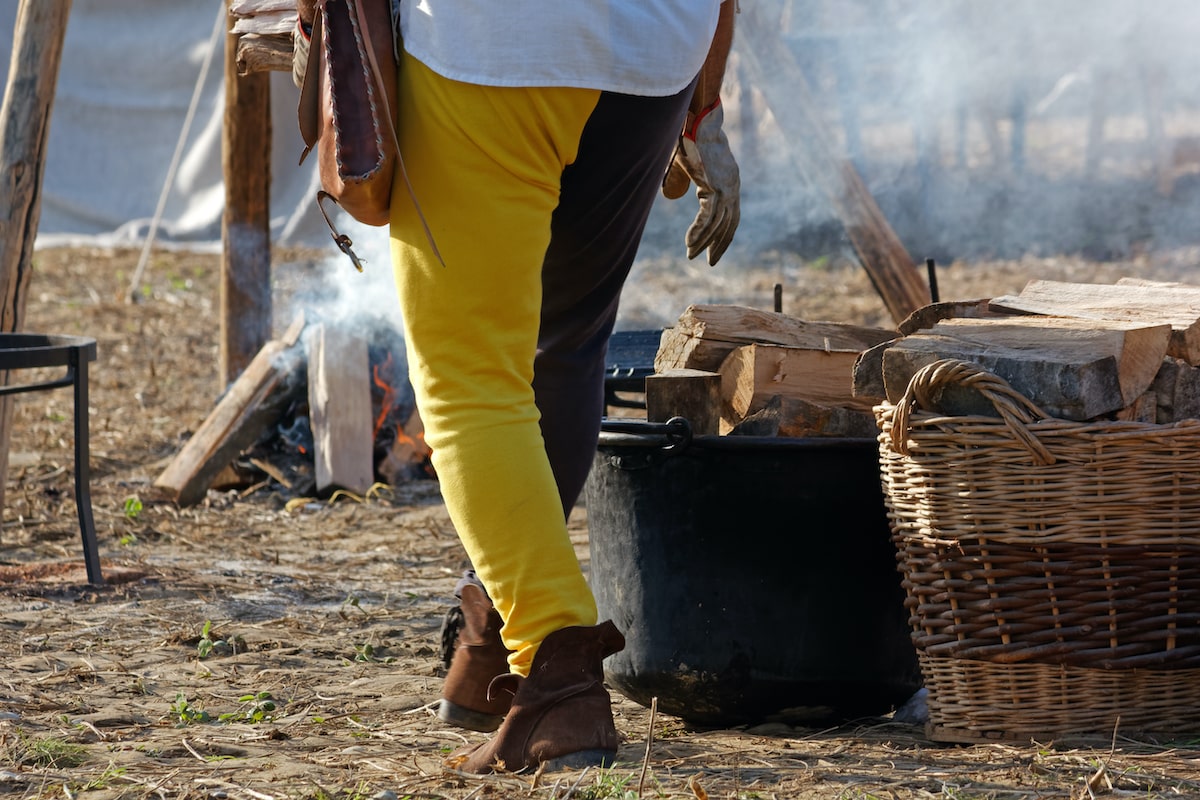 Pants
Pants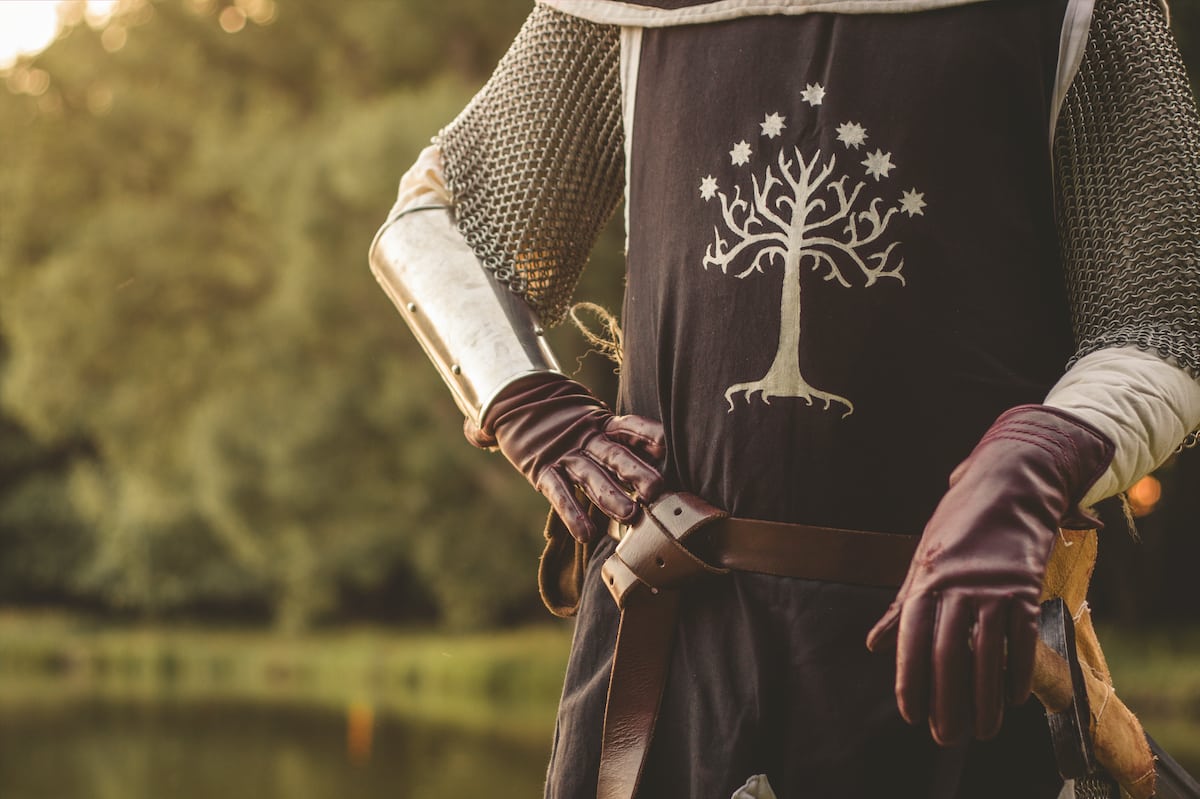 Gloves
Gloves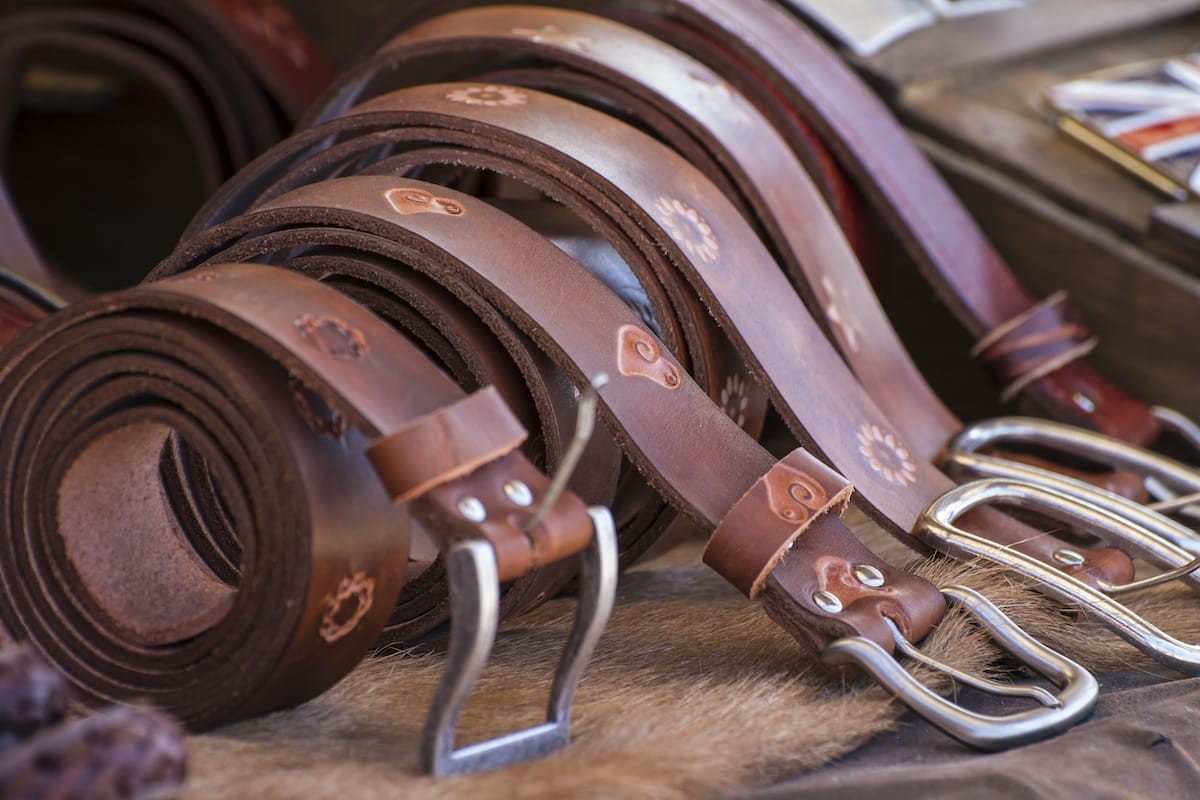 Belts
Belts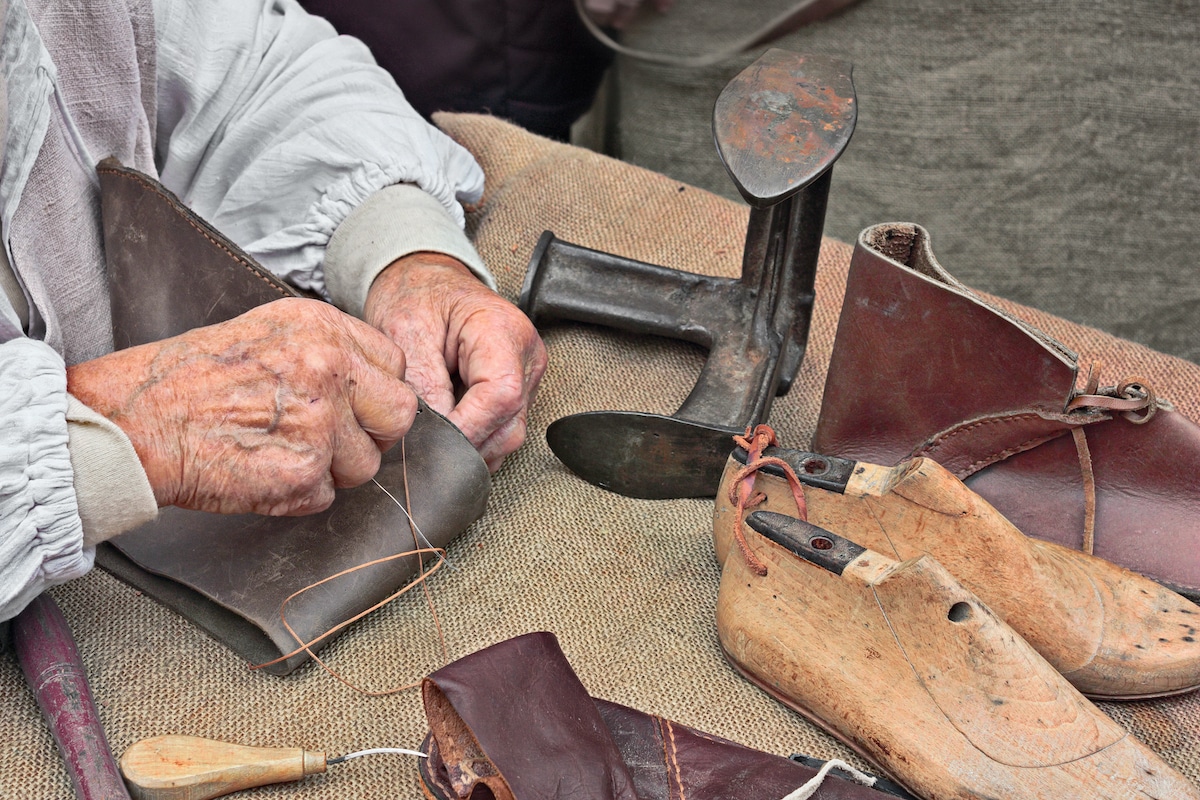 Shoes
Shoes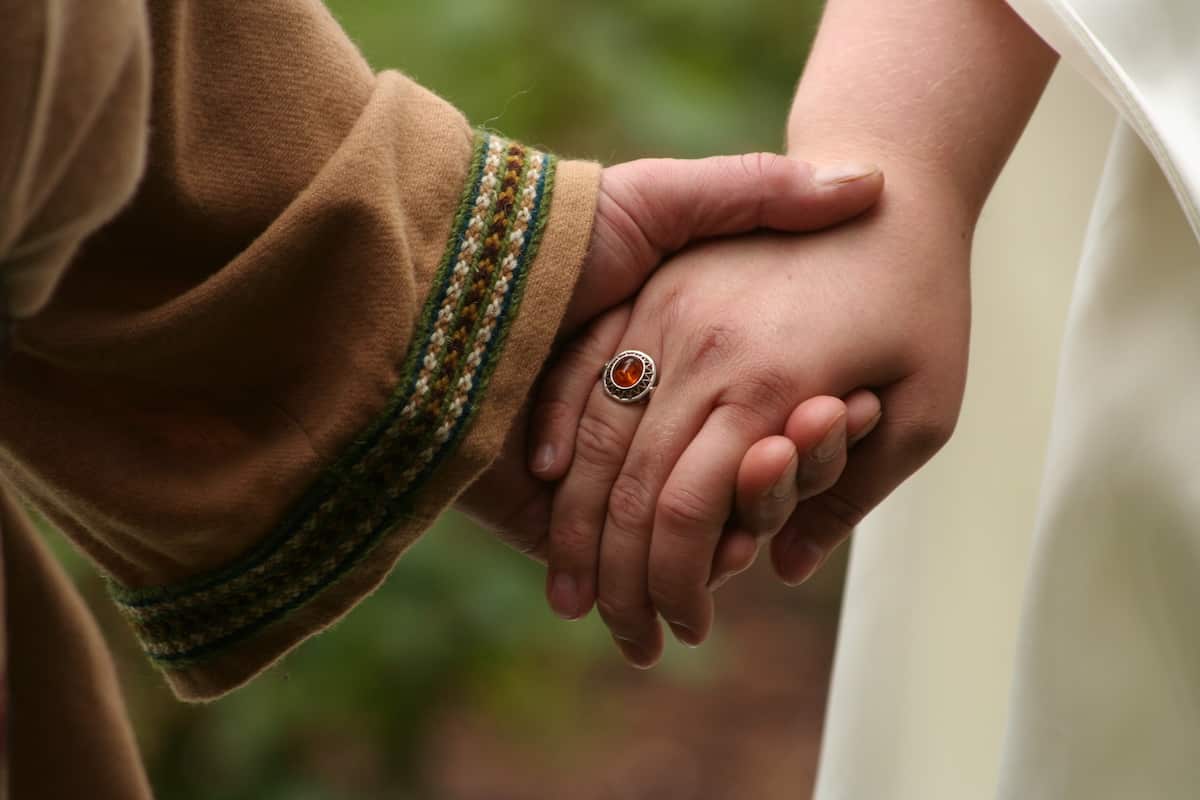 Rings
Rings Necklaces & Pendants
Necklaces & Pendants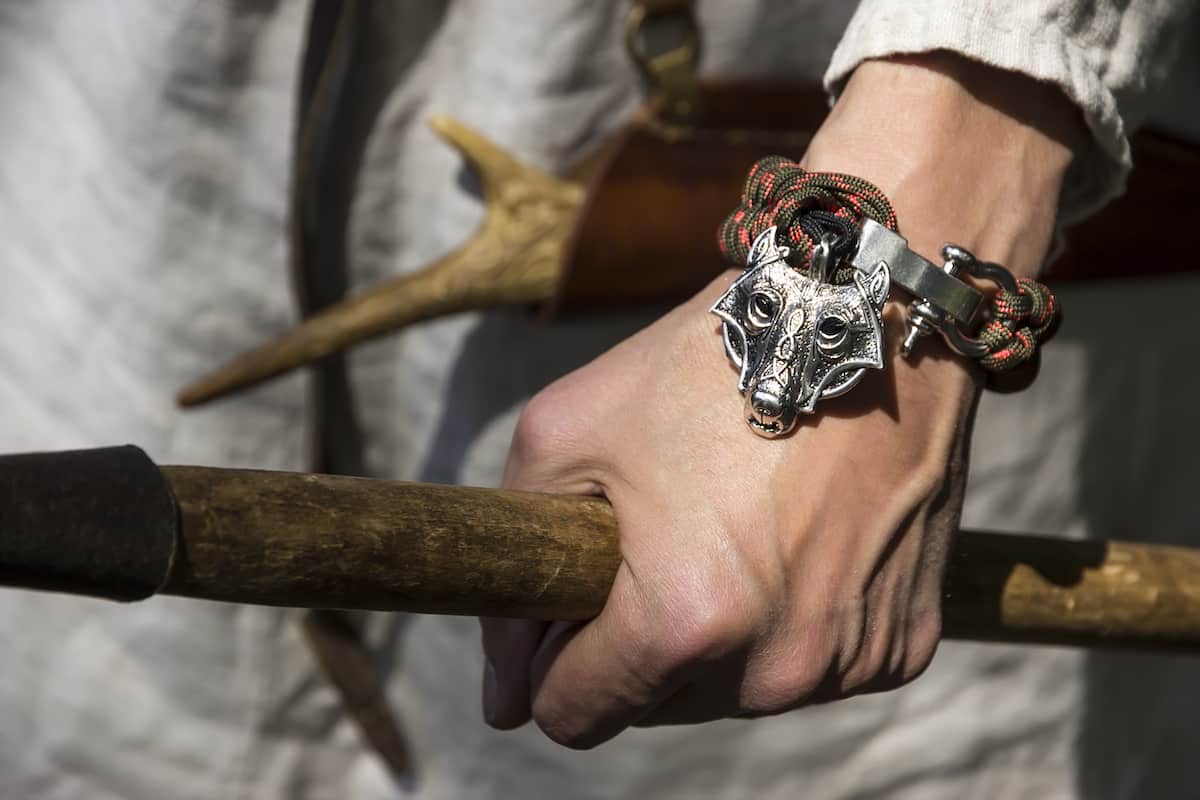 Bracelets
Bracelets